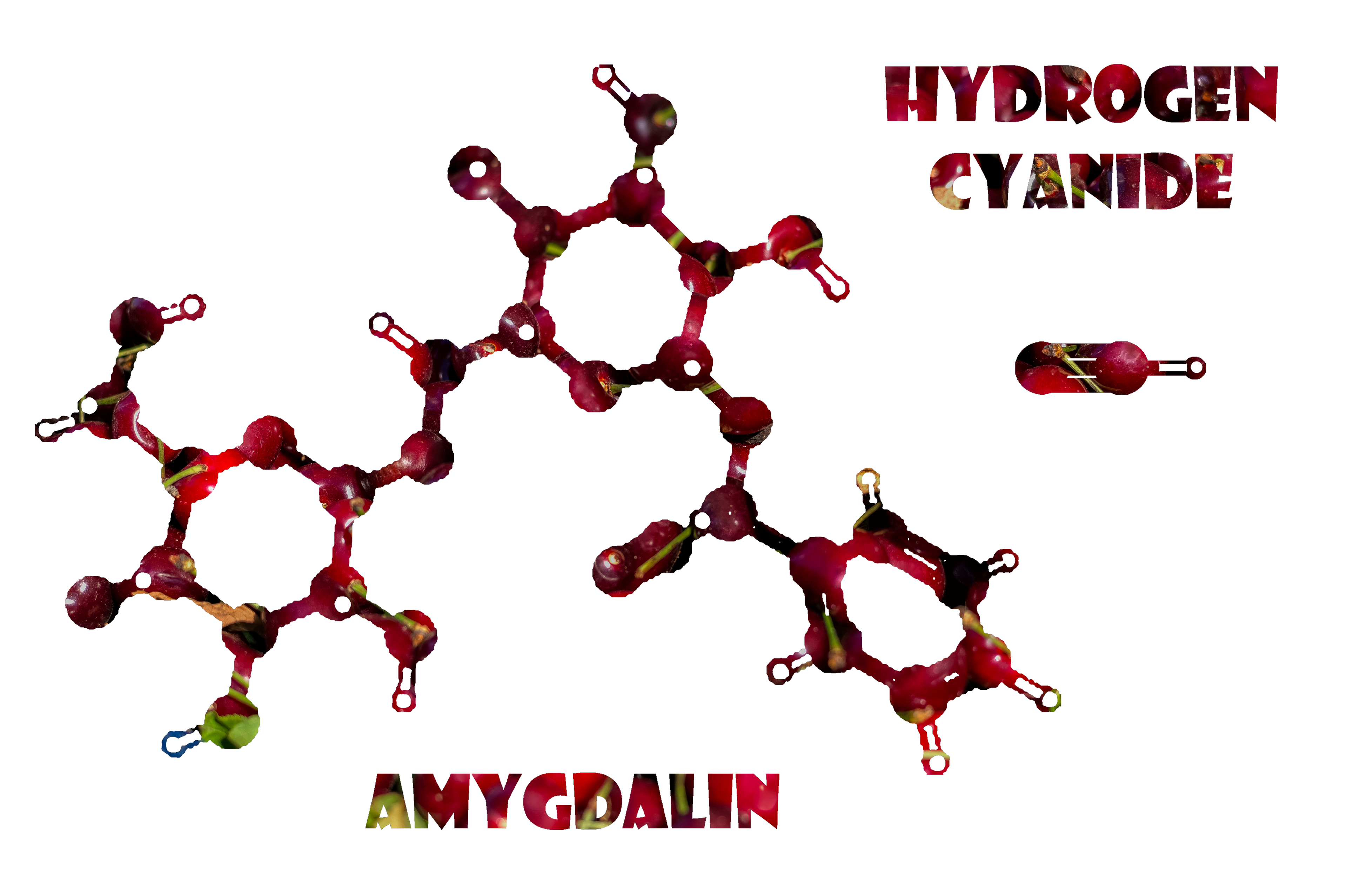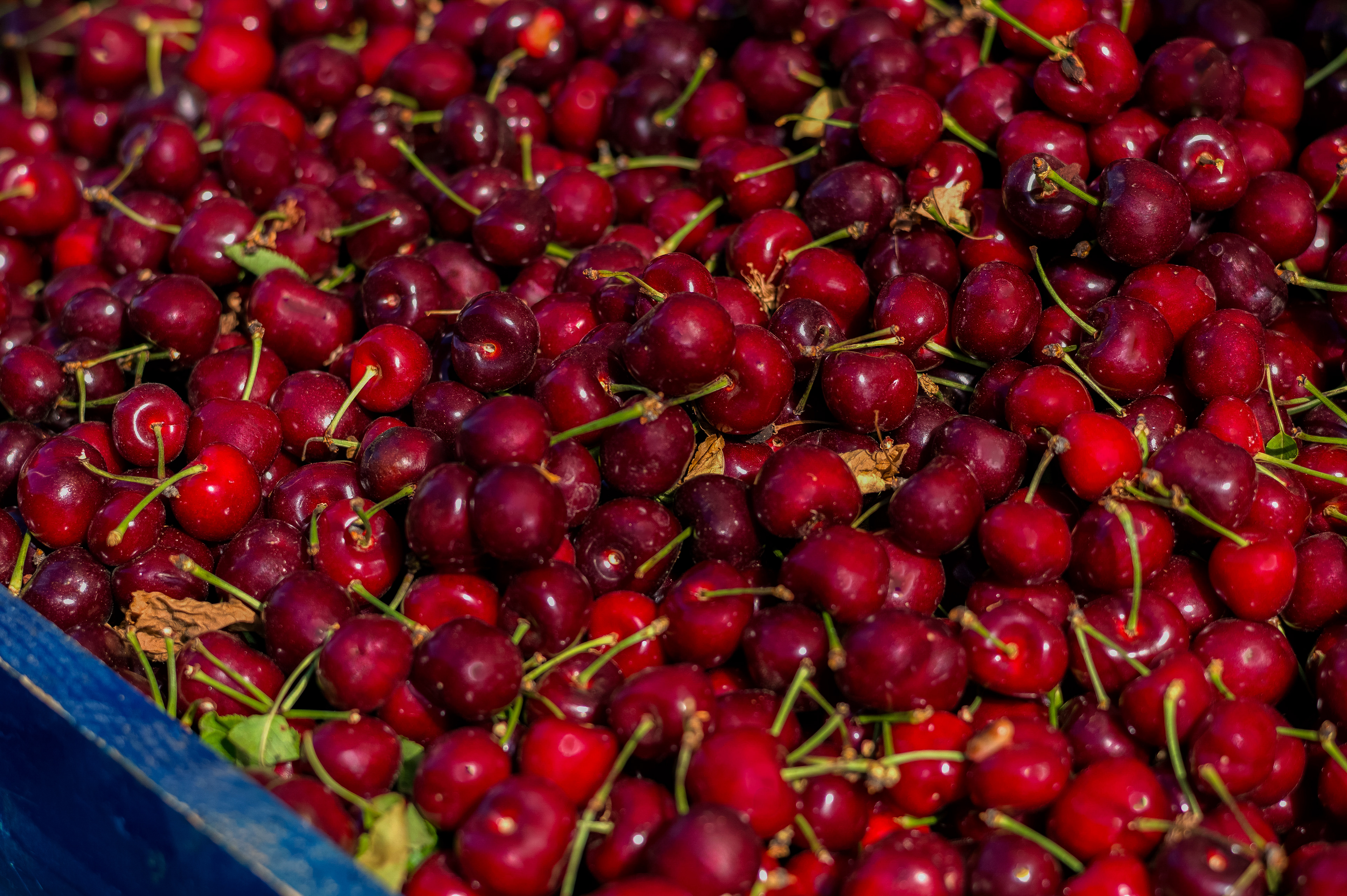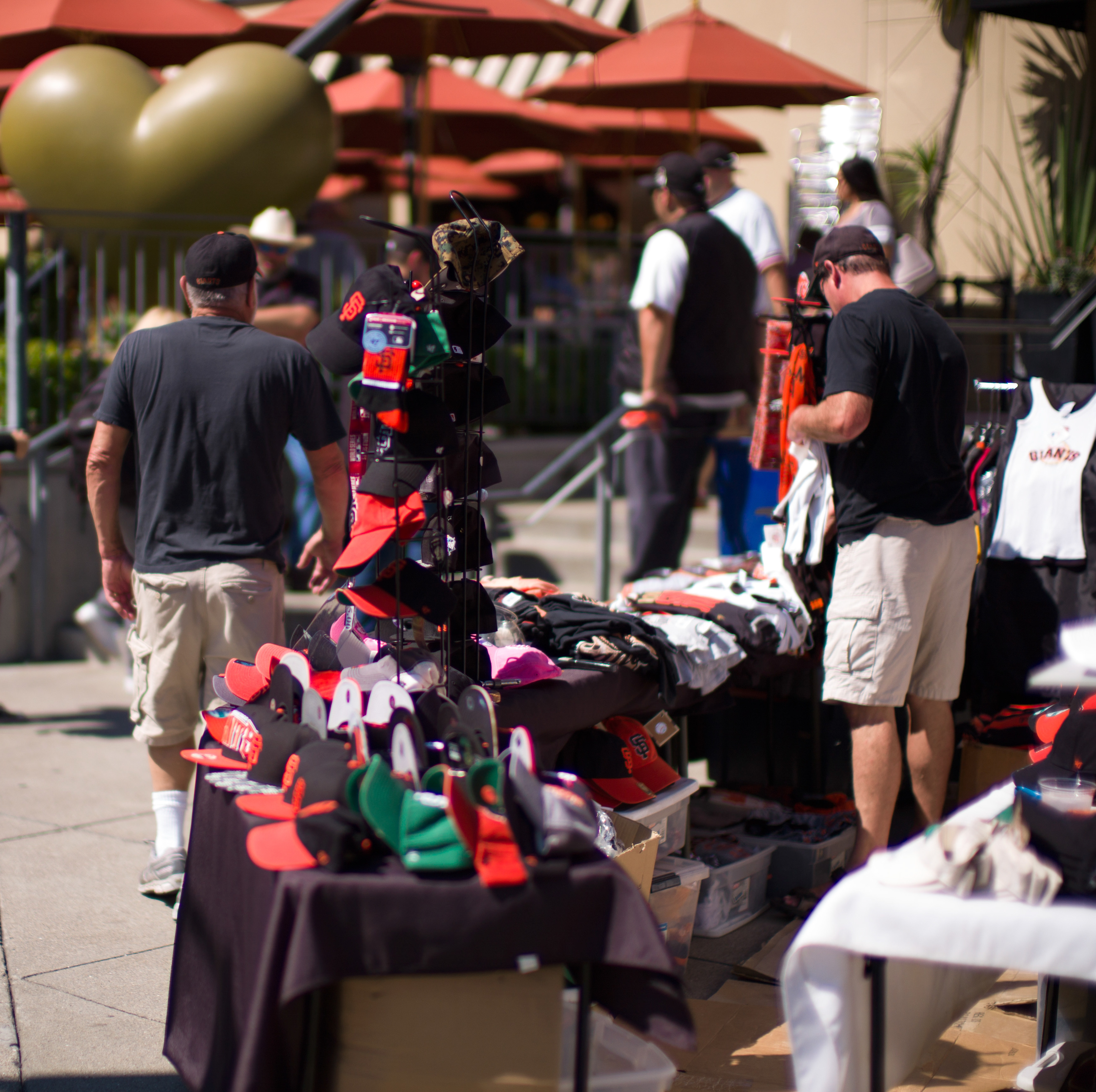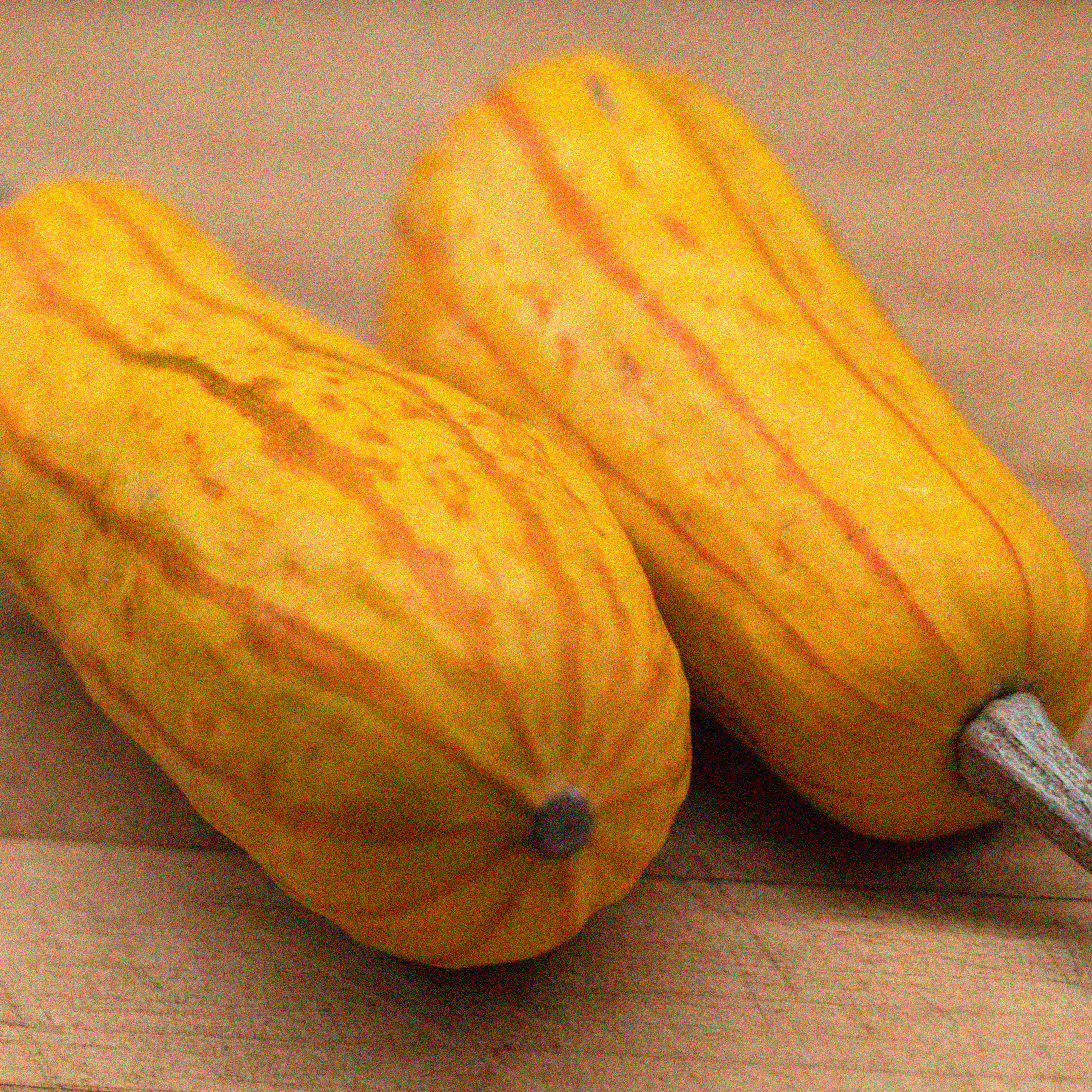A Chemist View of the Farmer's Market: Nature Stunning Molecules
Capsaicin: active component of chili pepper.

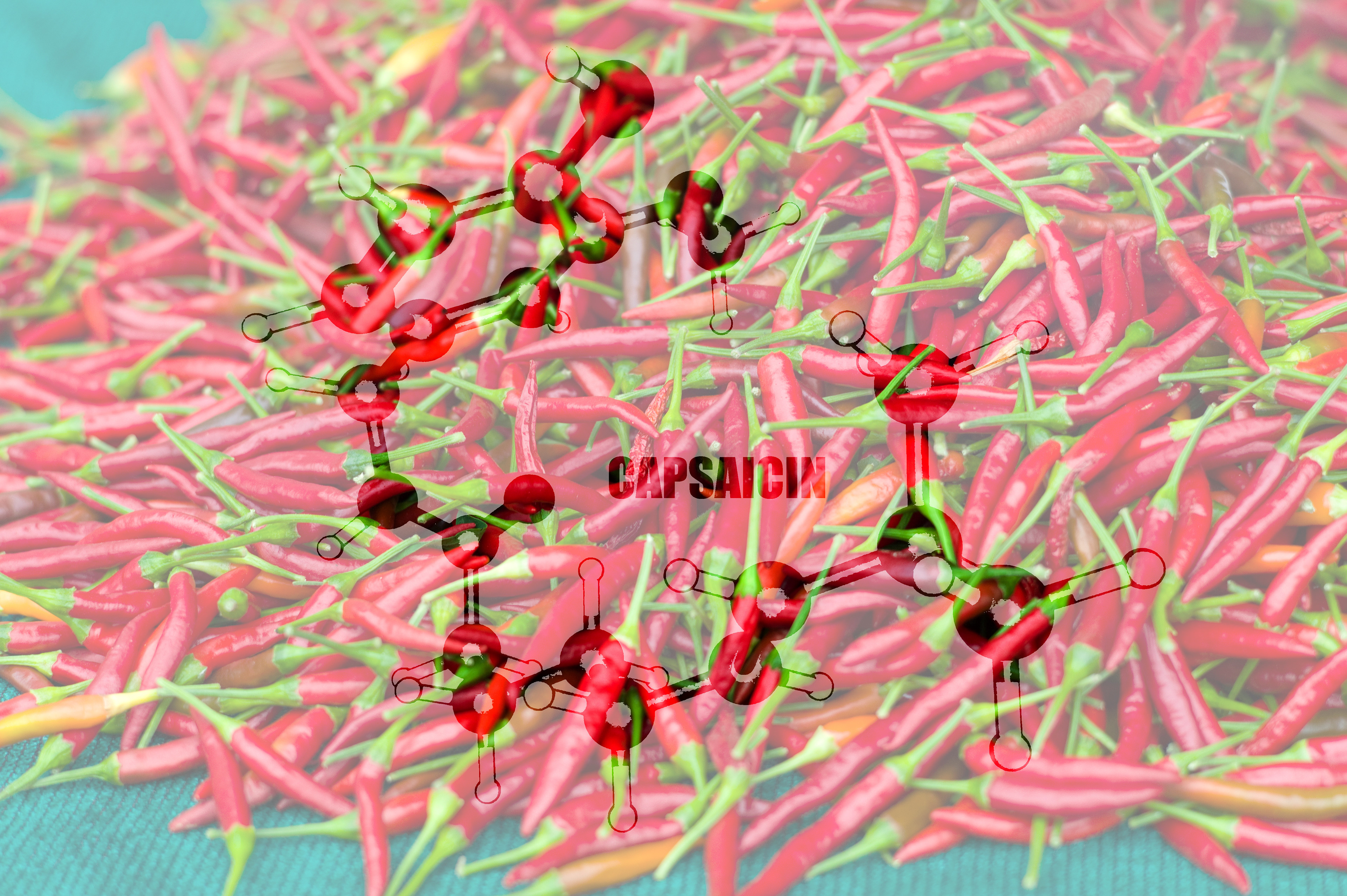
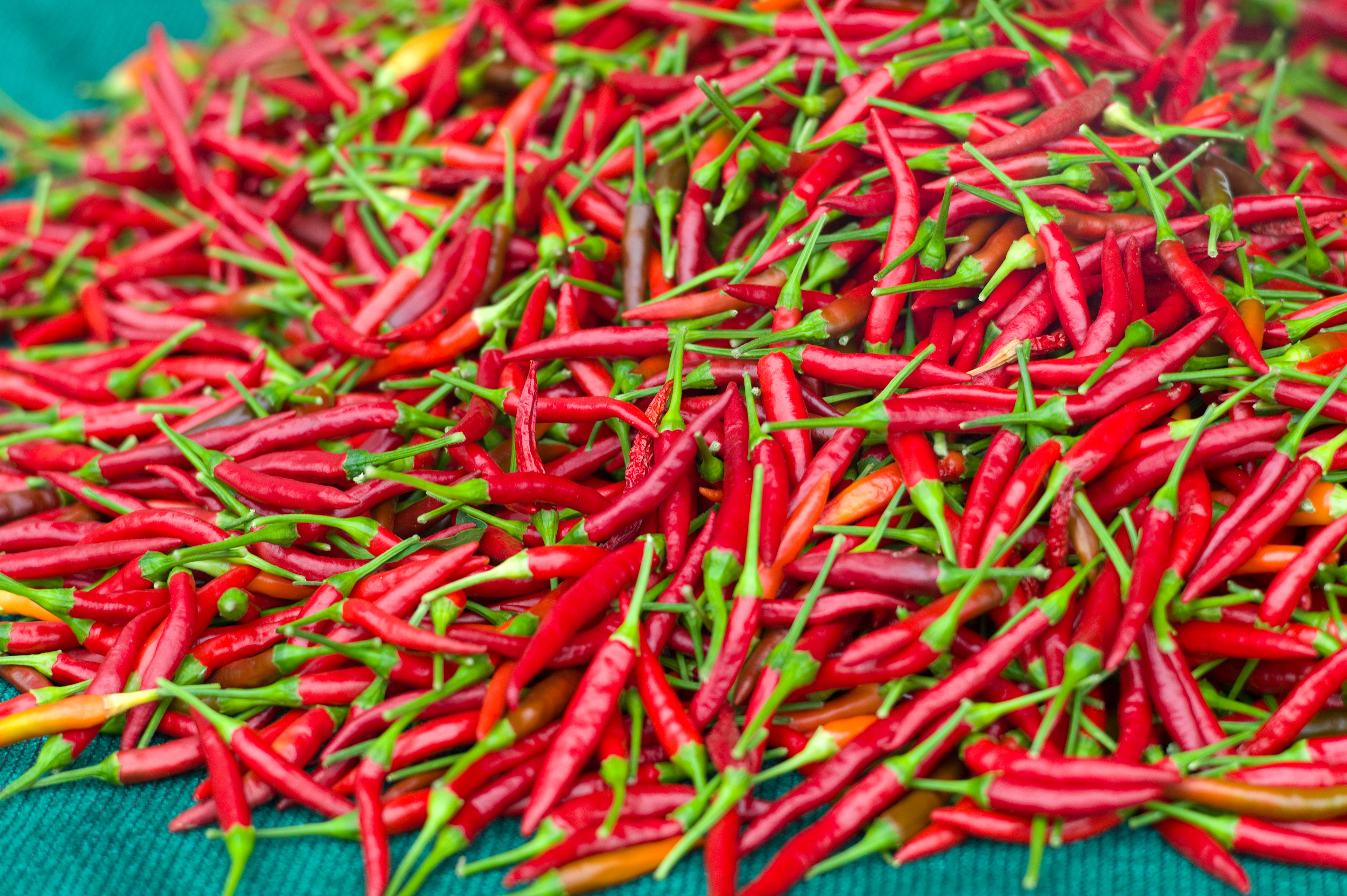
Ascorbate: vitamine C found in citrus and other fruits and vegetables.
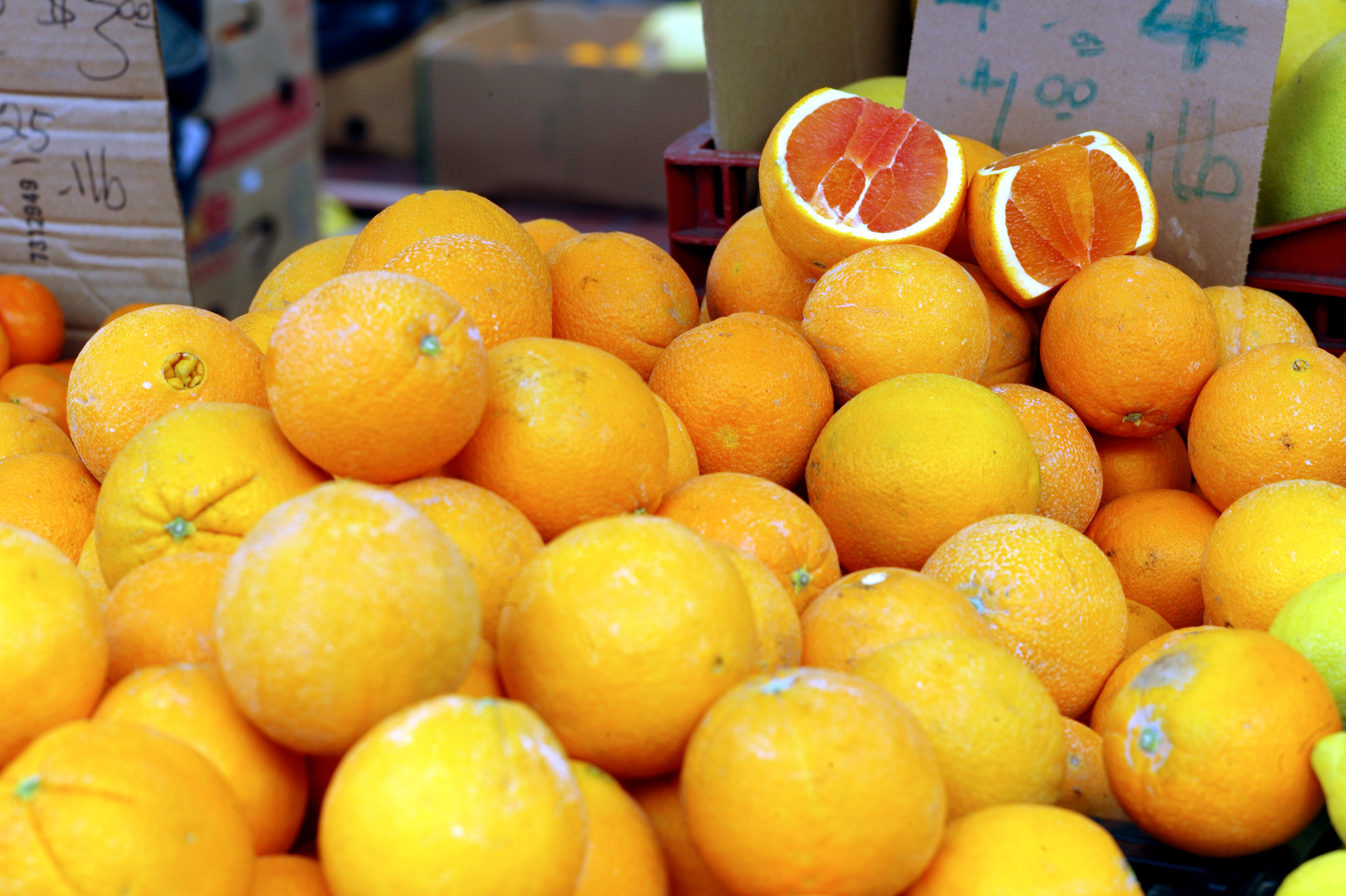
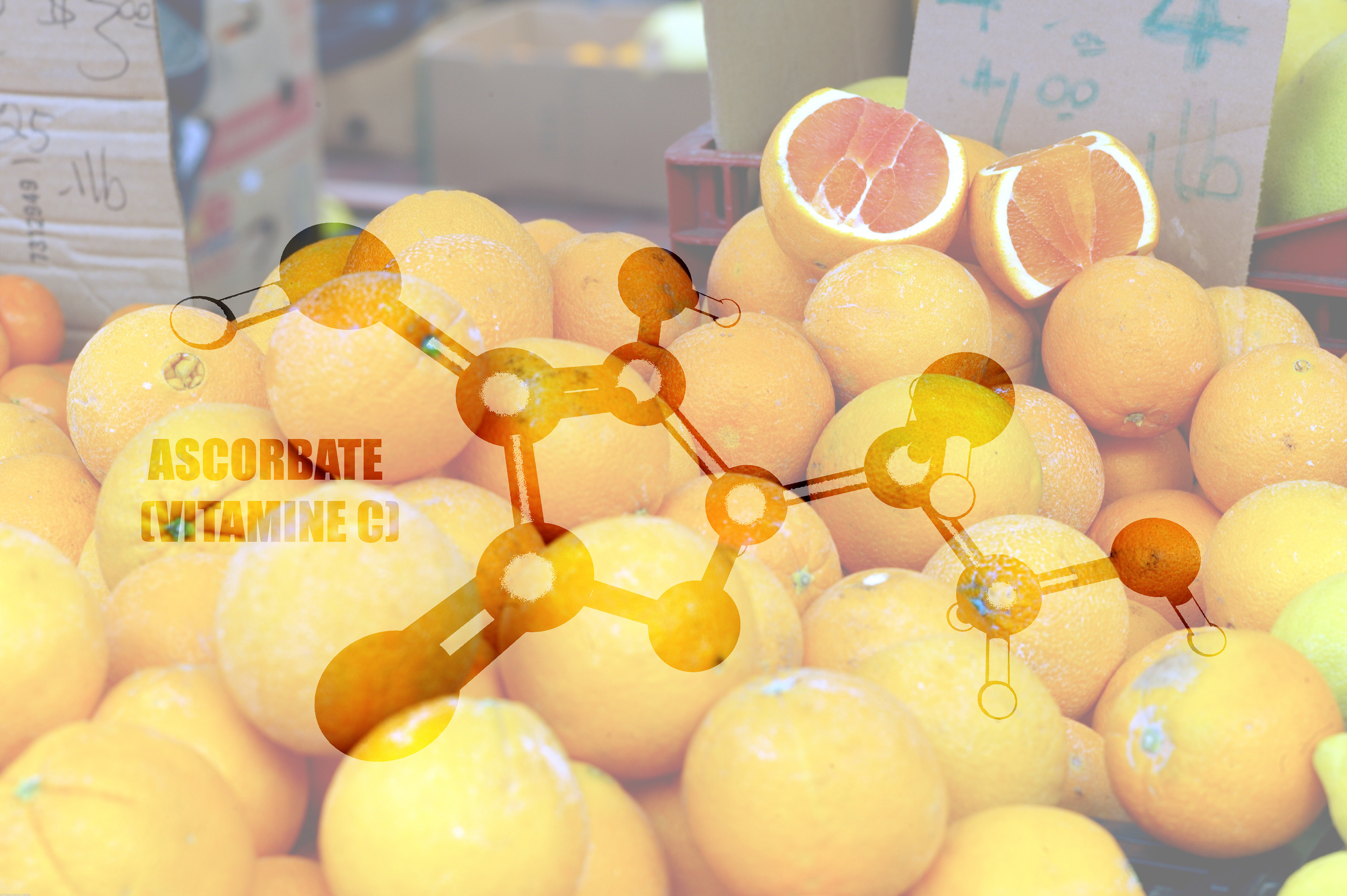
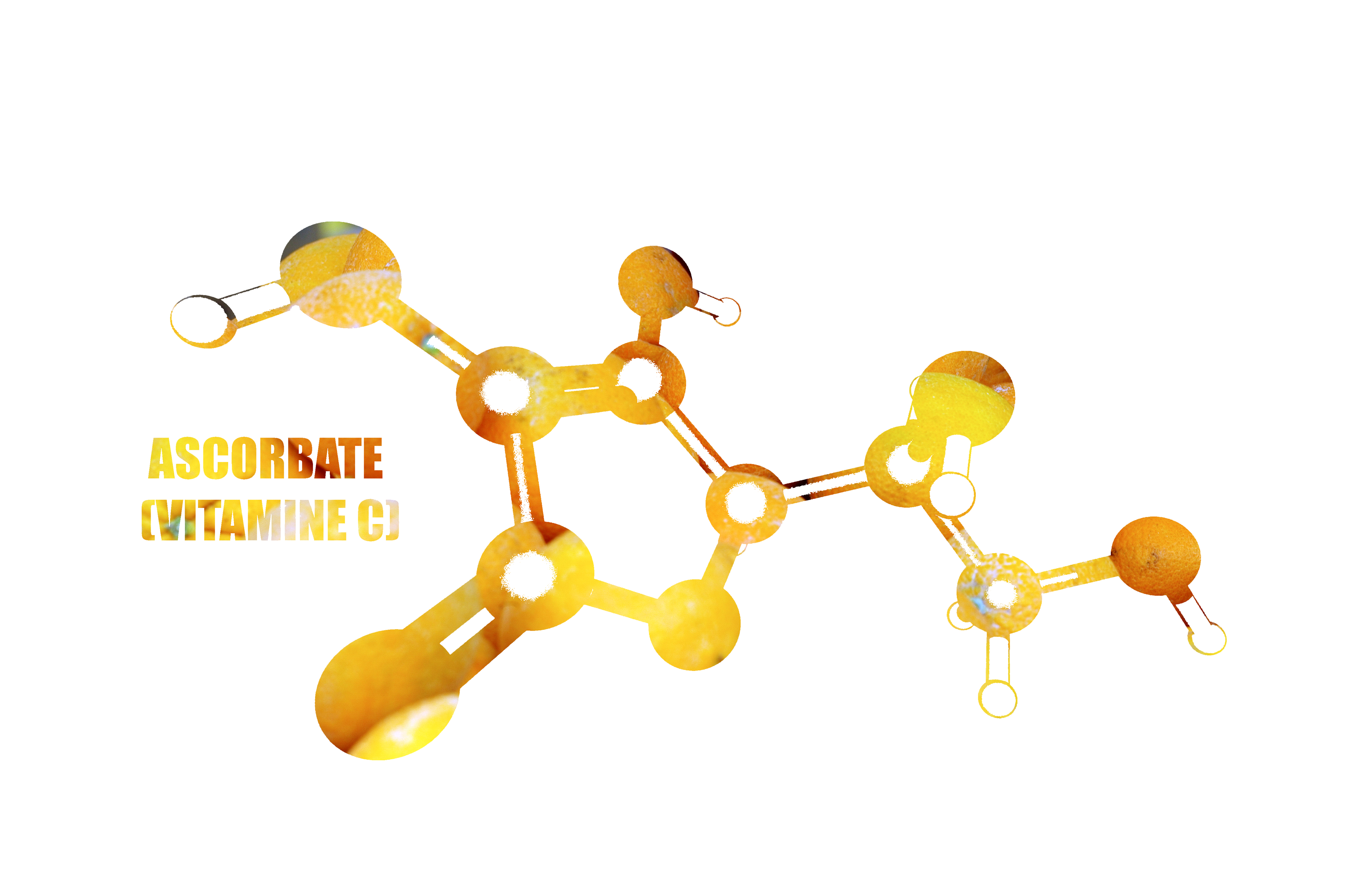
Beta Carotene: a terpenoids, colored pigment abundant in fungi, fruits and plants and particularly in carrots.
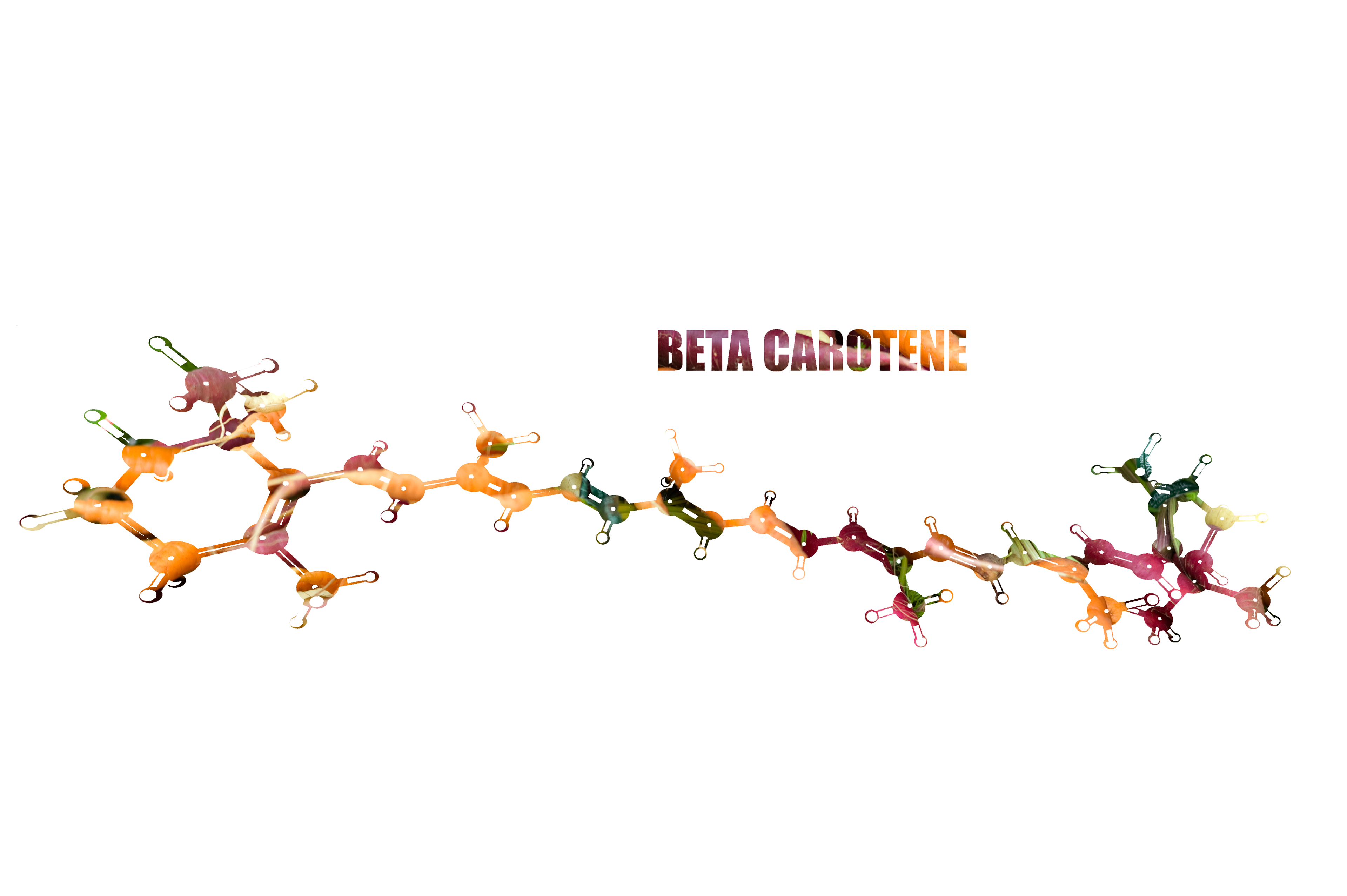
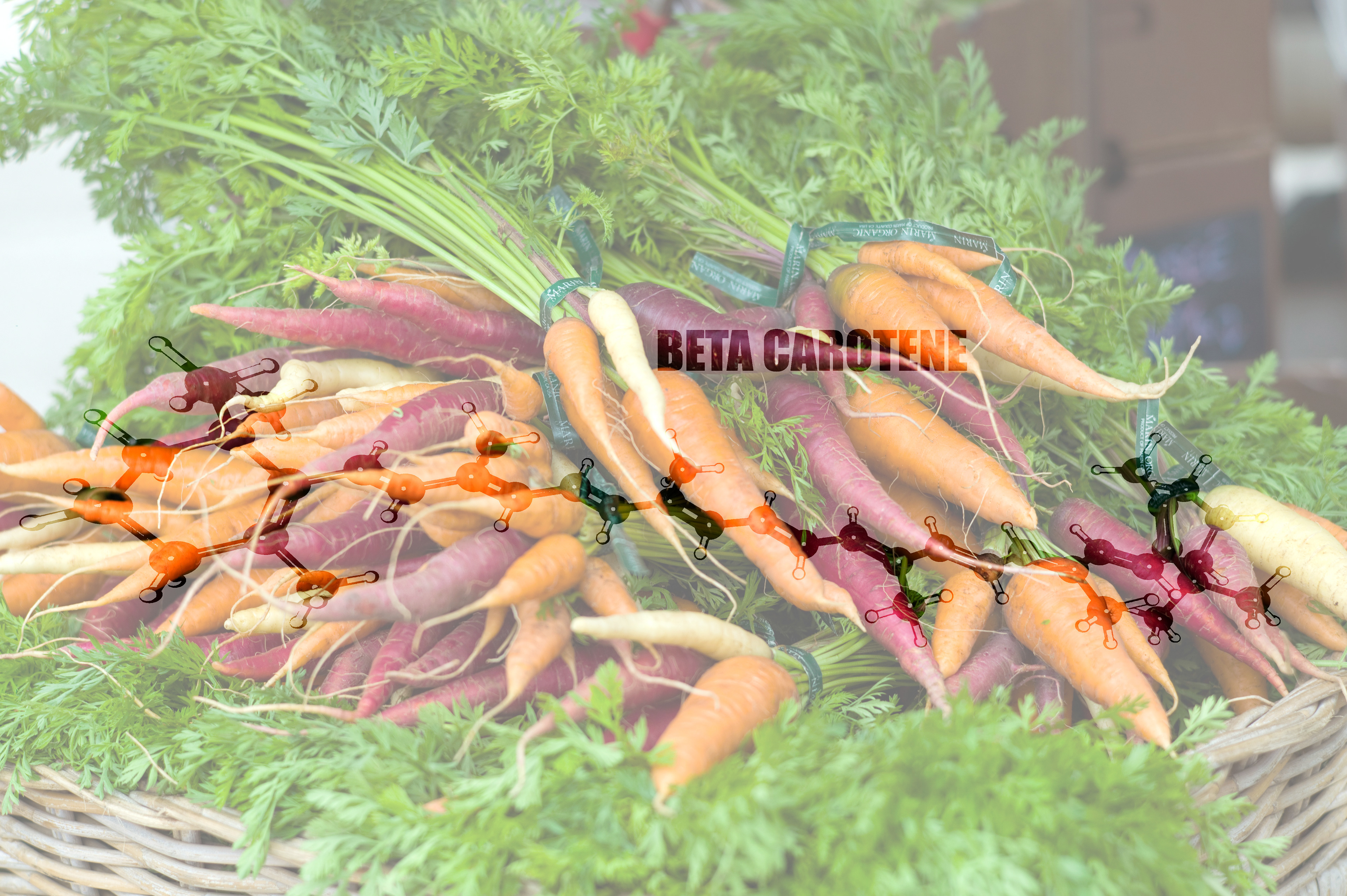
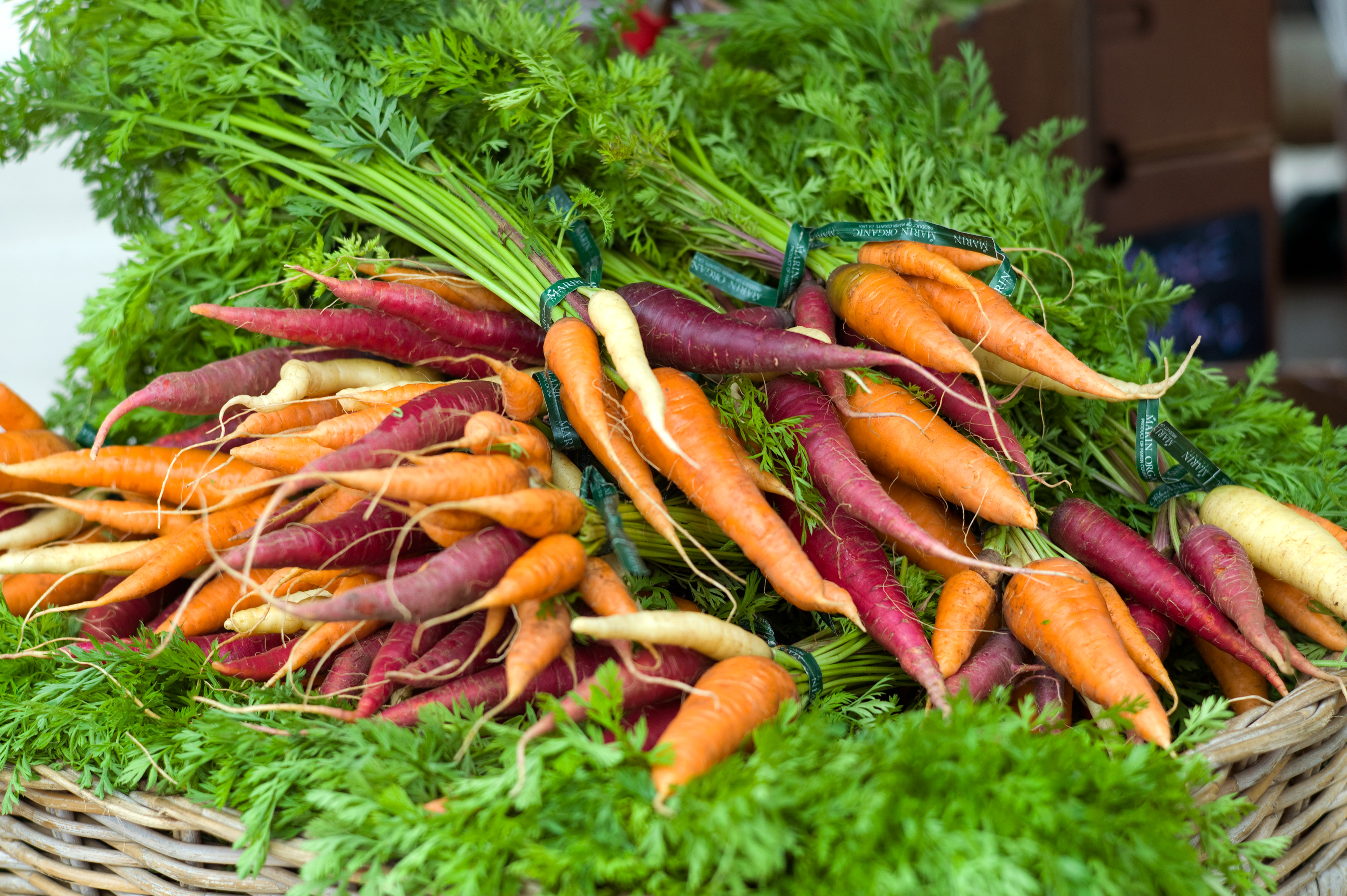
Delphinidin: an anthocyanidin, a primary plant pigment and antioxidant that can be found in as well as pomegranates and others such as grapes and cranberries.

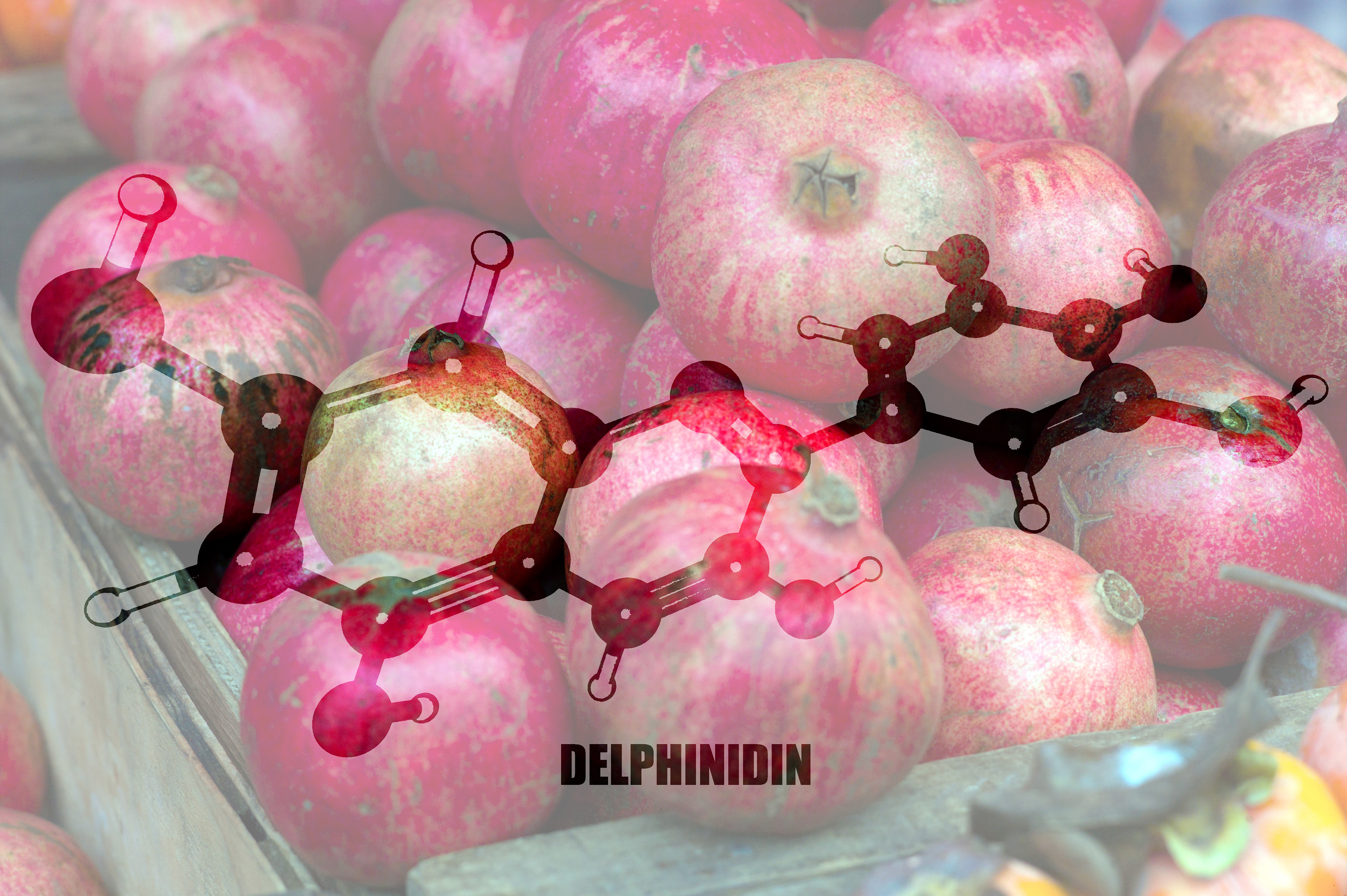
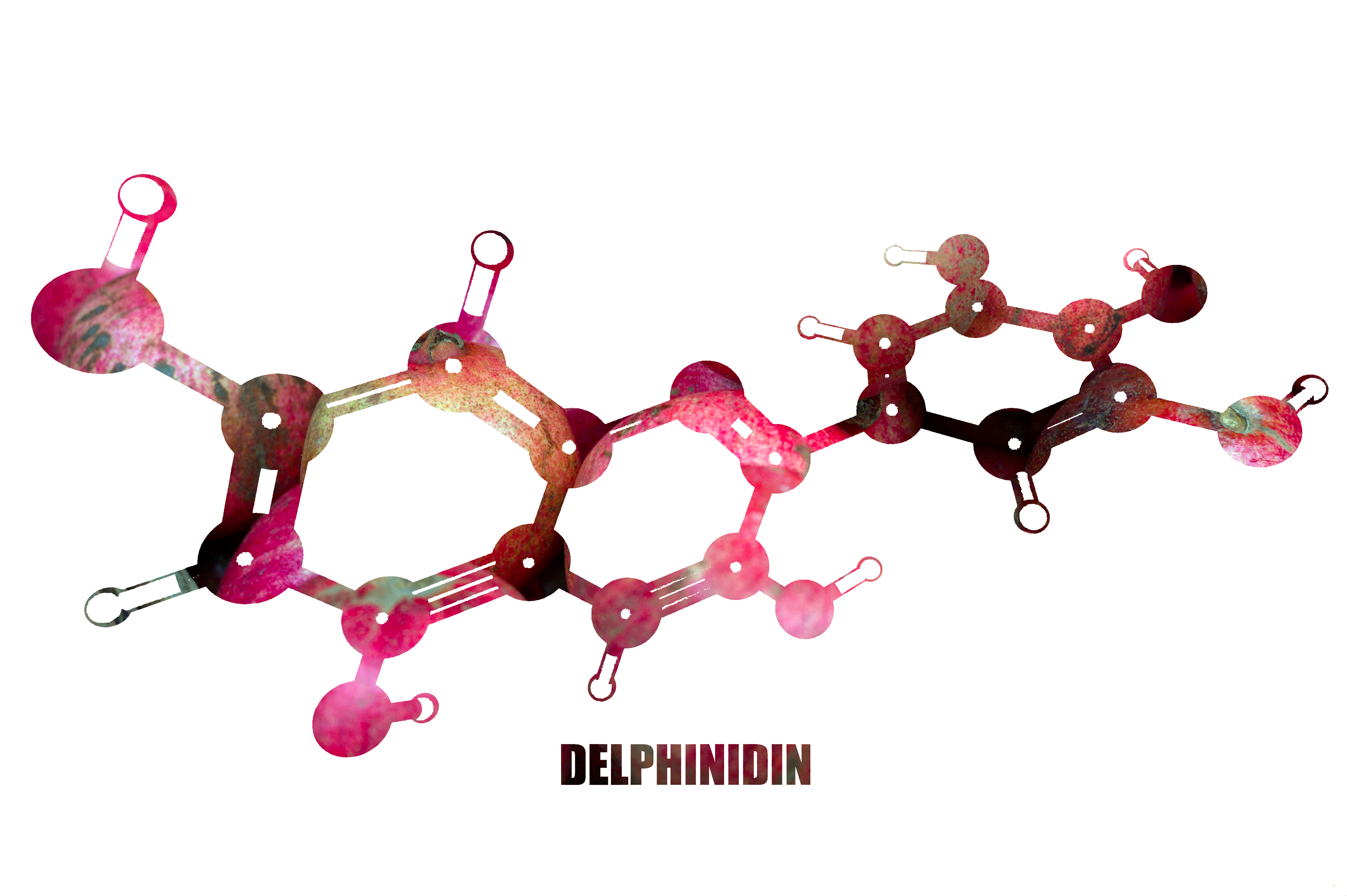
Asparagusic acid: sulfur-containing compound that seems to be found exclusively in asparagus producing a odorous sulfur metabolite.
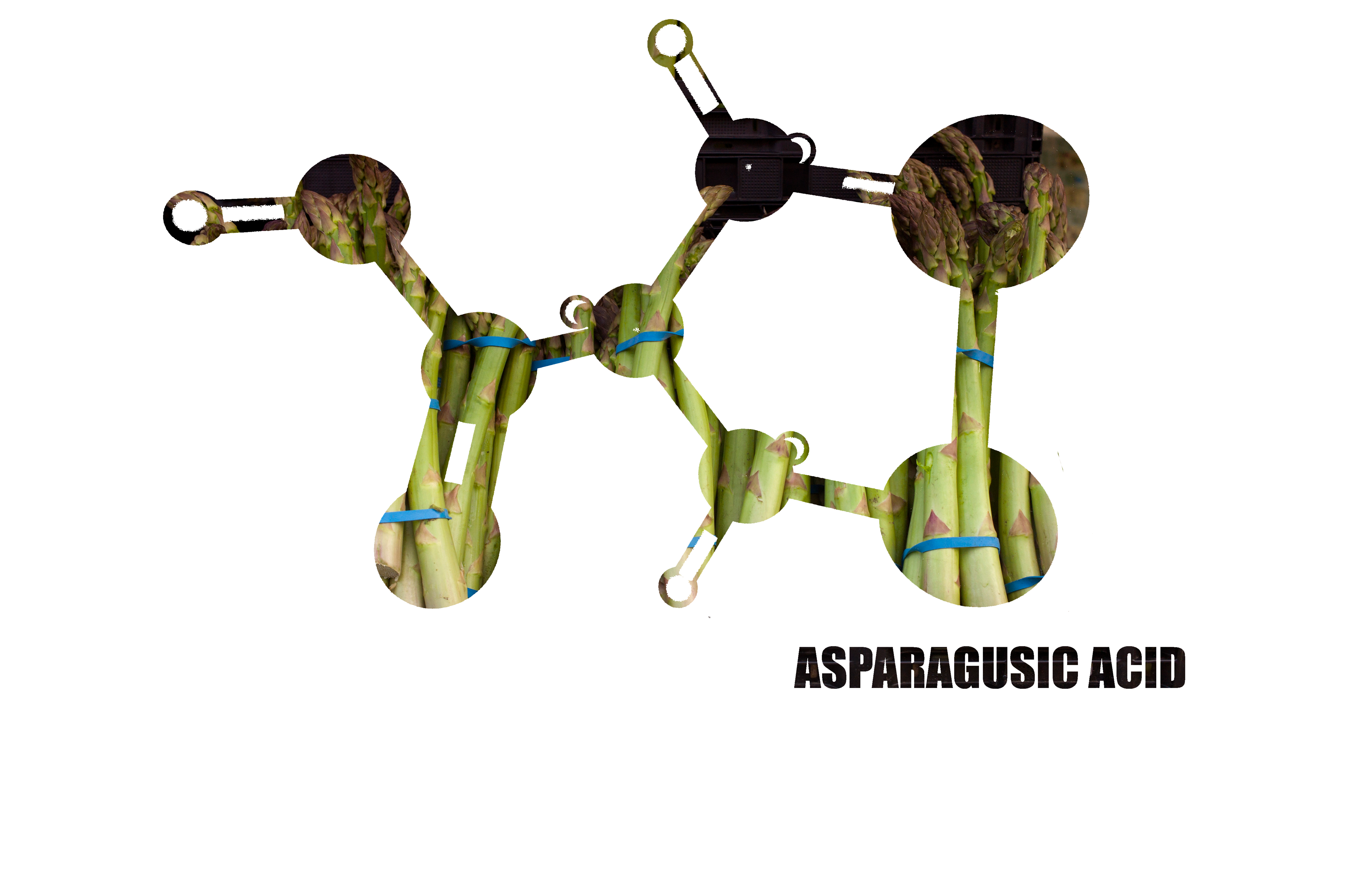

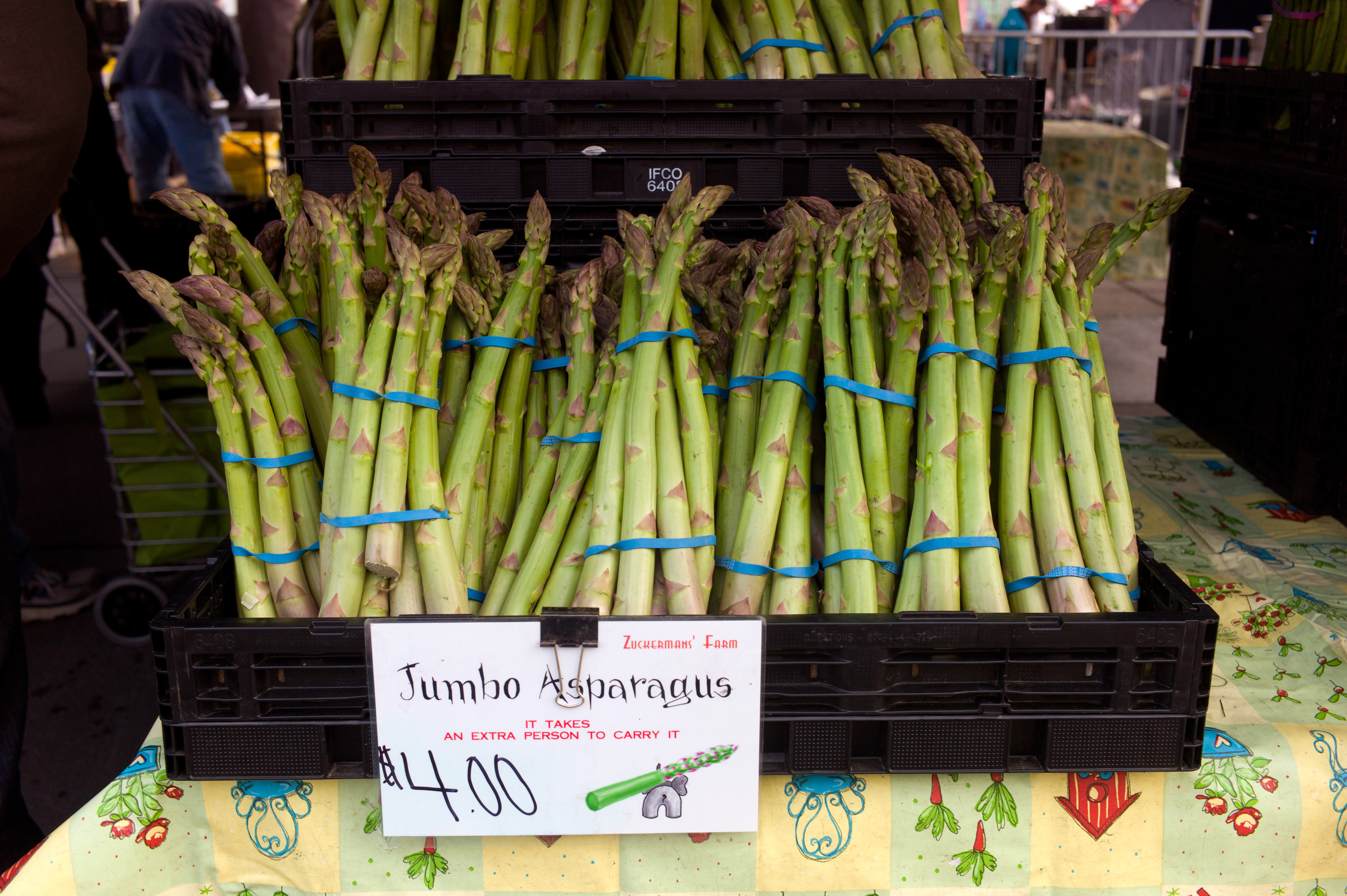
Furaneol: It is found in strawberries and a variety of other fruits and provides in partit distinctive strawberry aroma.

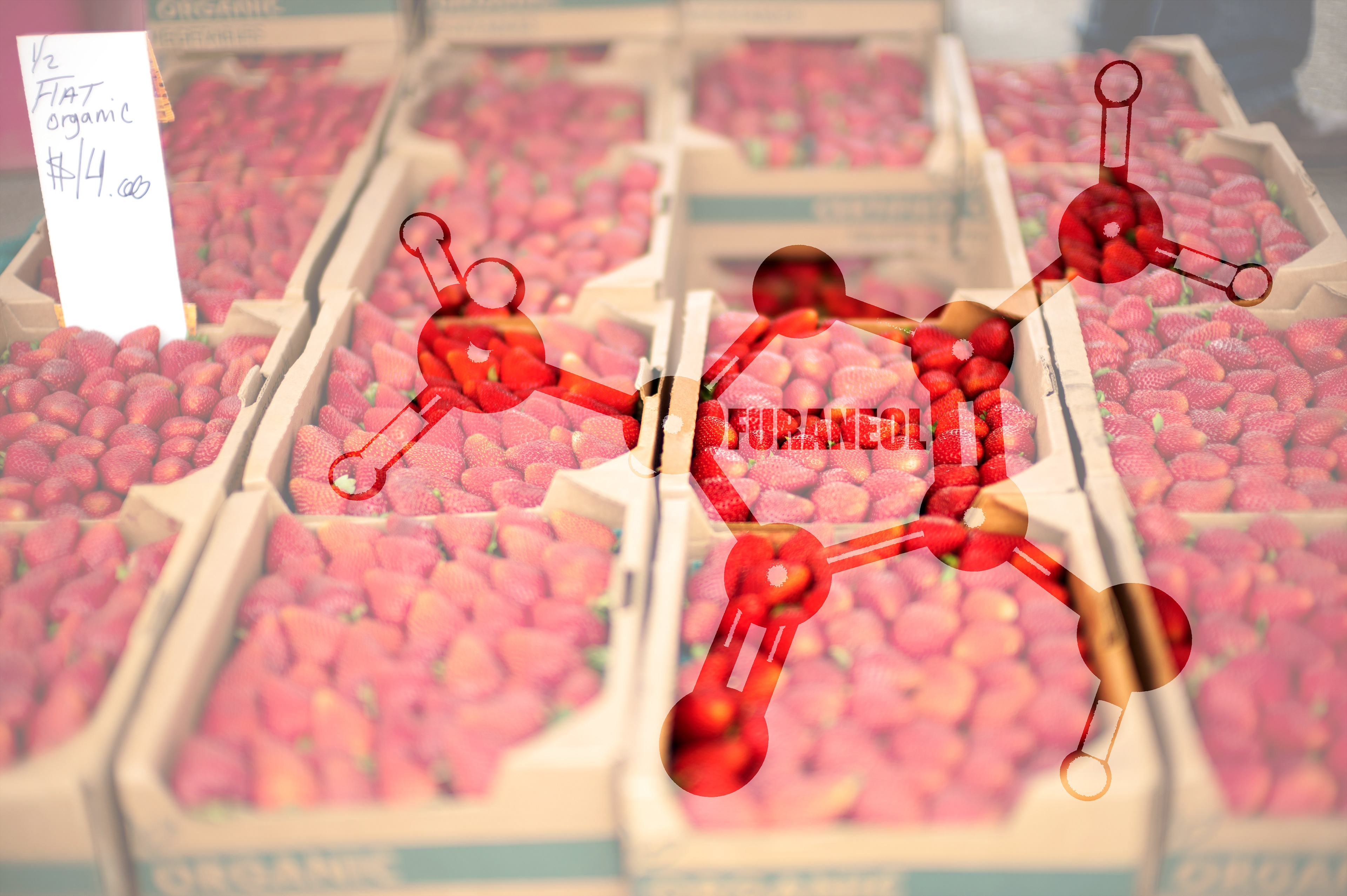
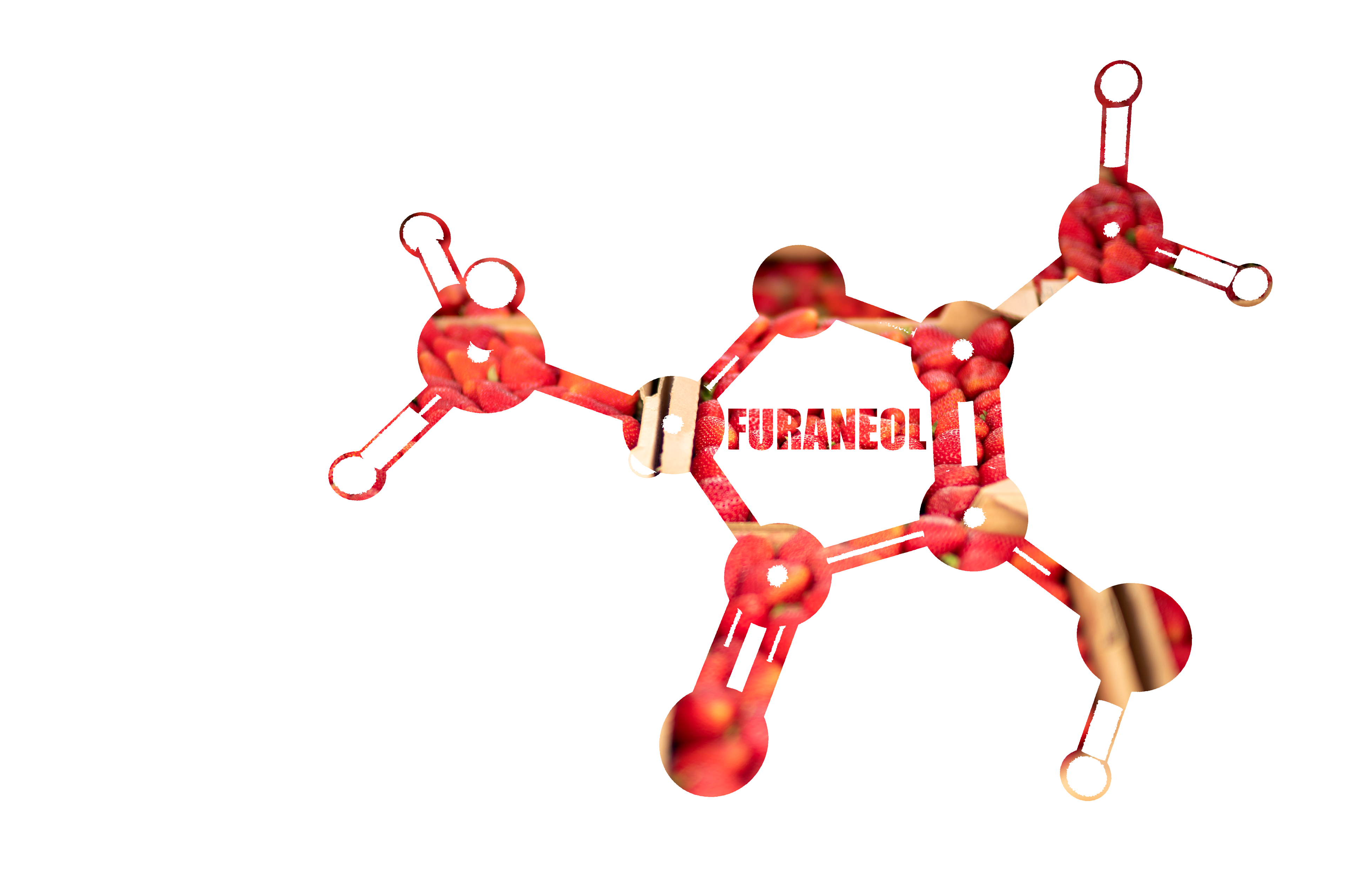
Estragol: key component of basil and estragon fragrance.
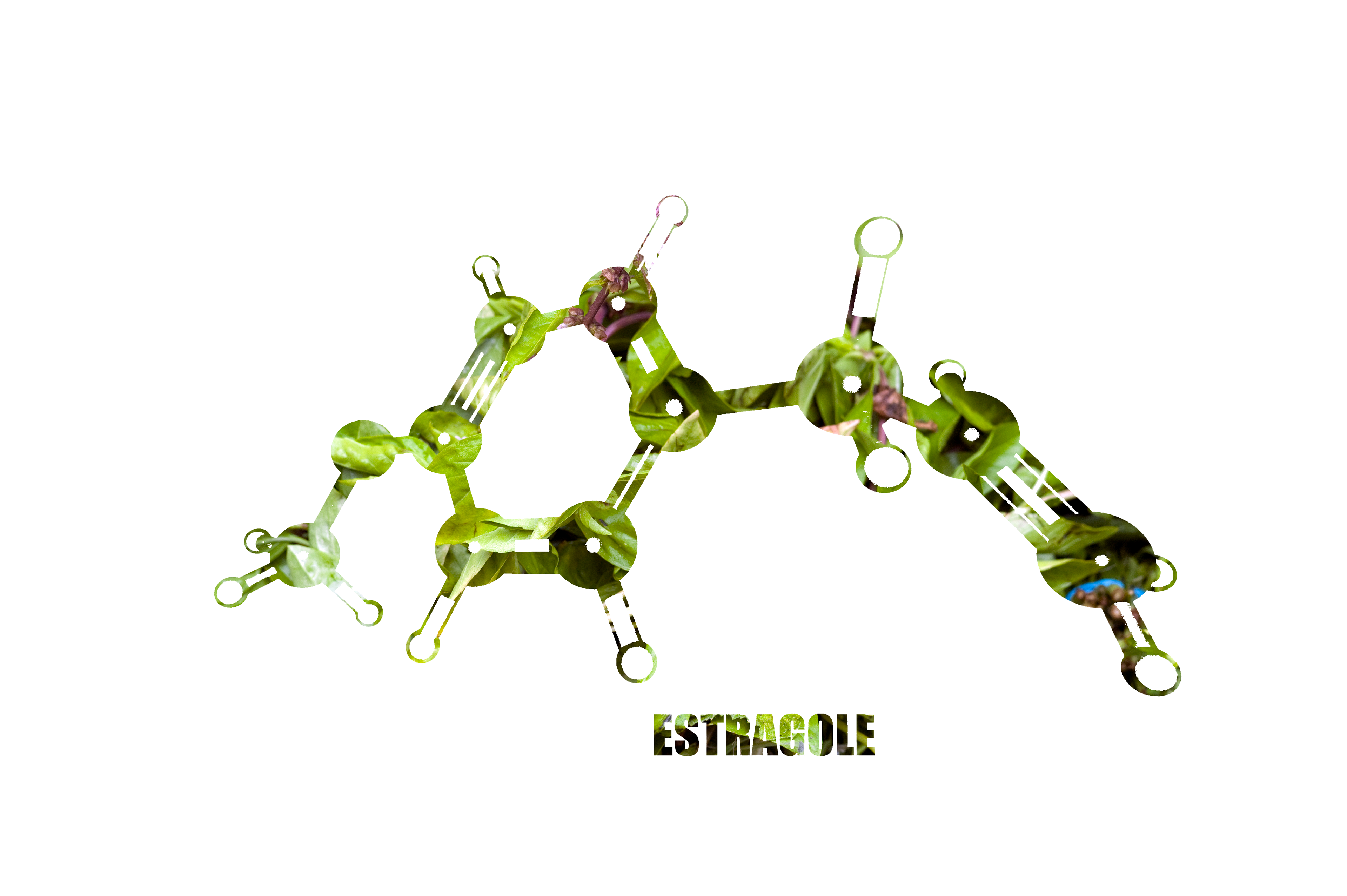
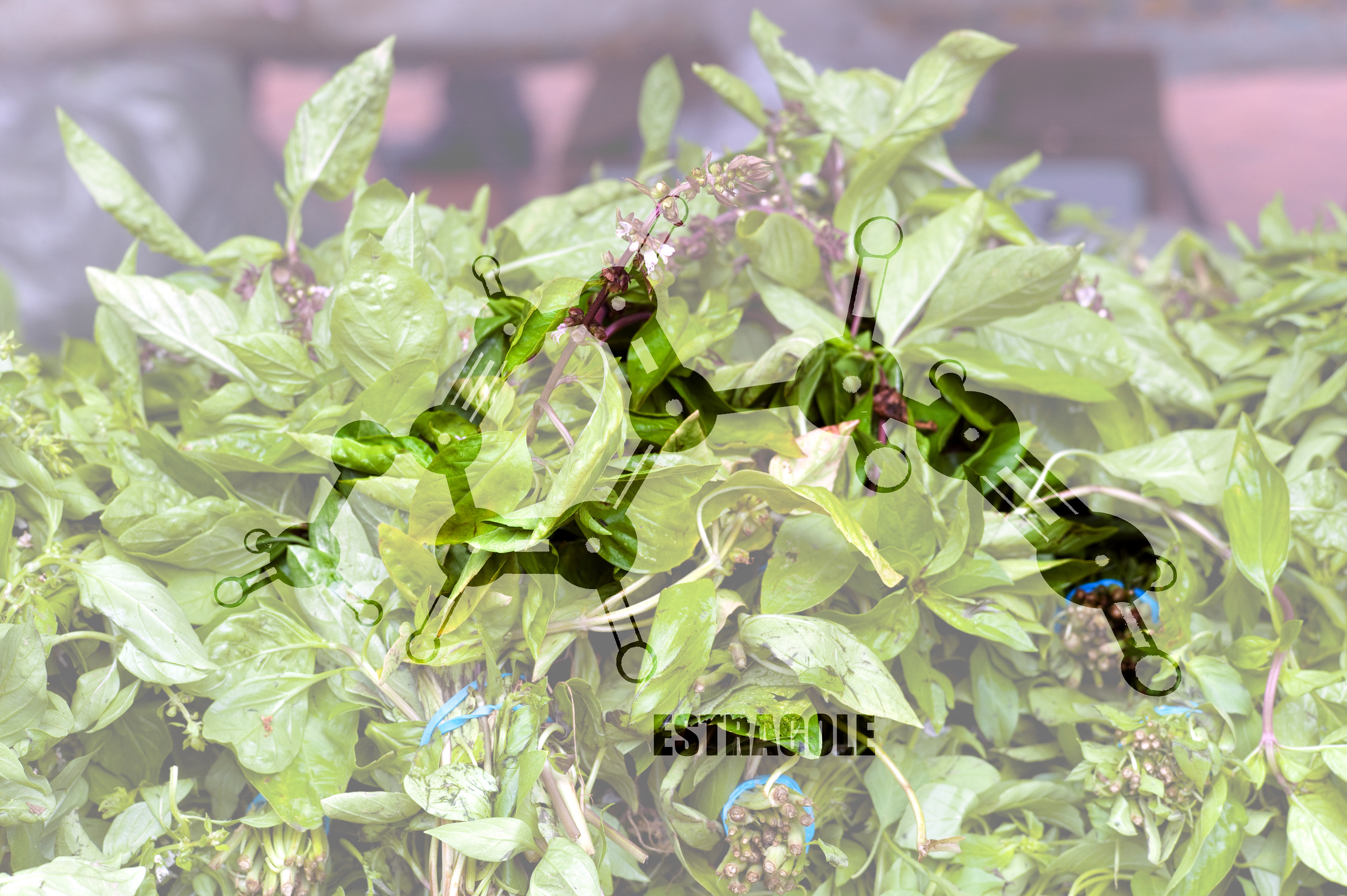

Sedanolide: one of flavor constituents of celery oil from fresh celery.
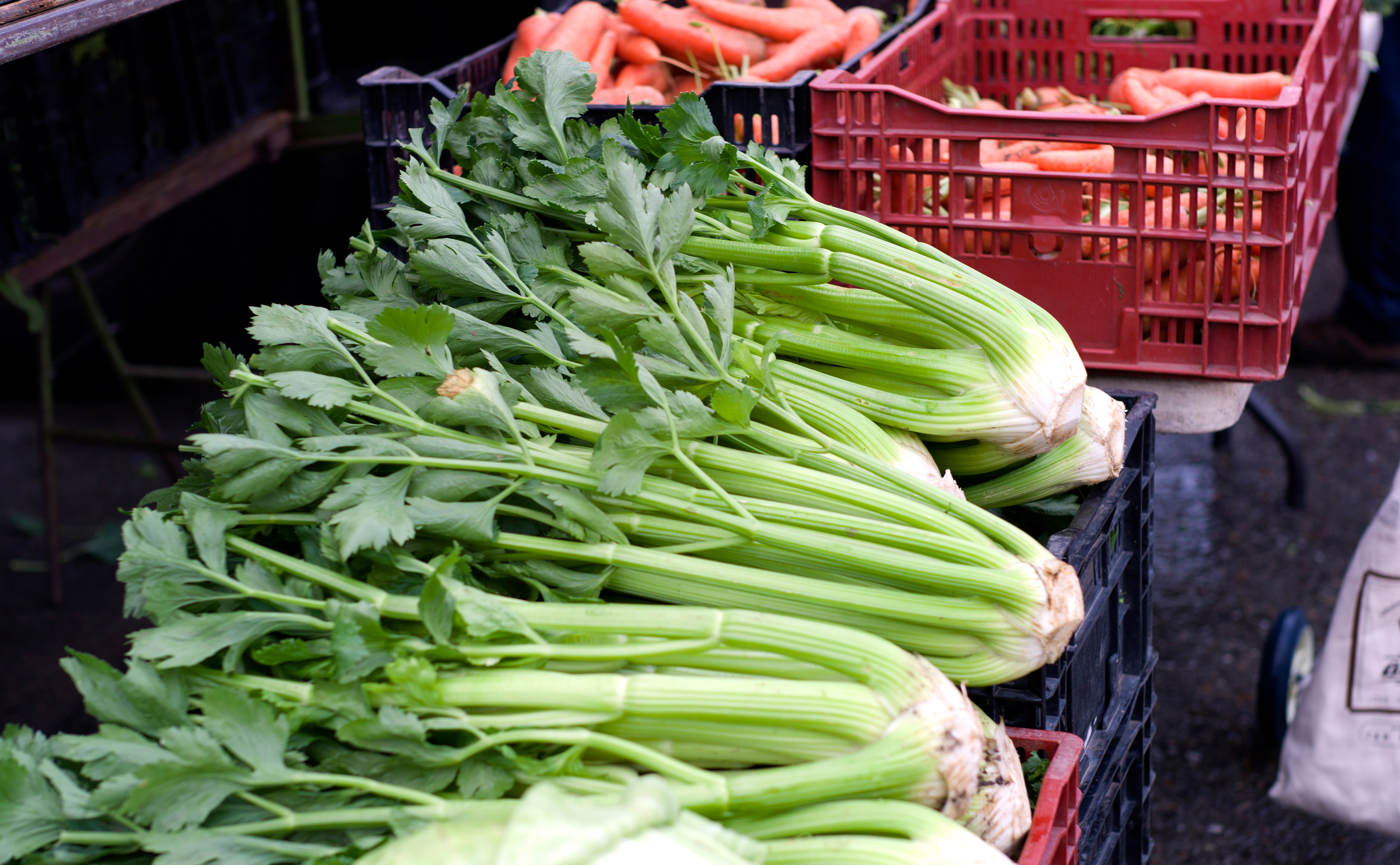
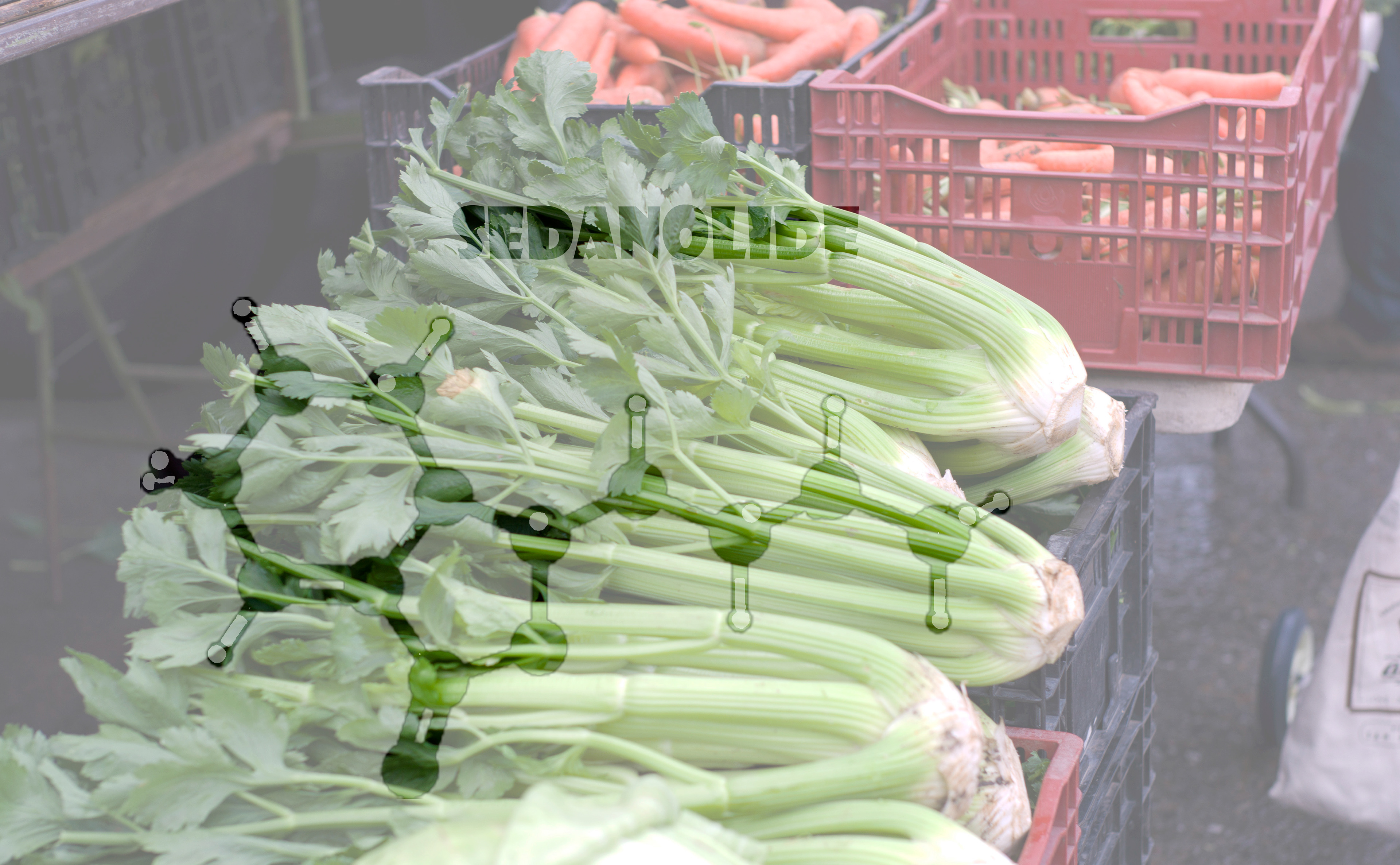
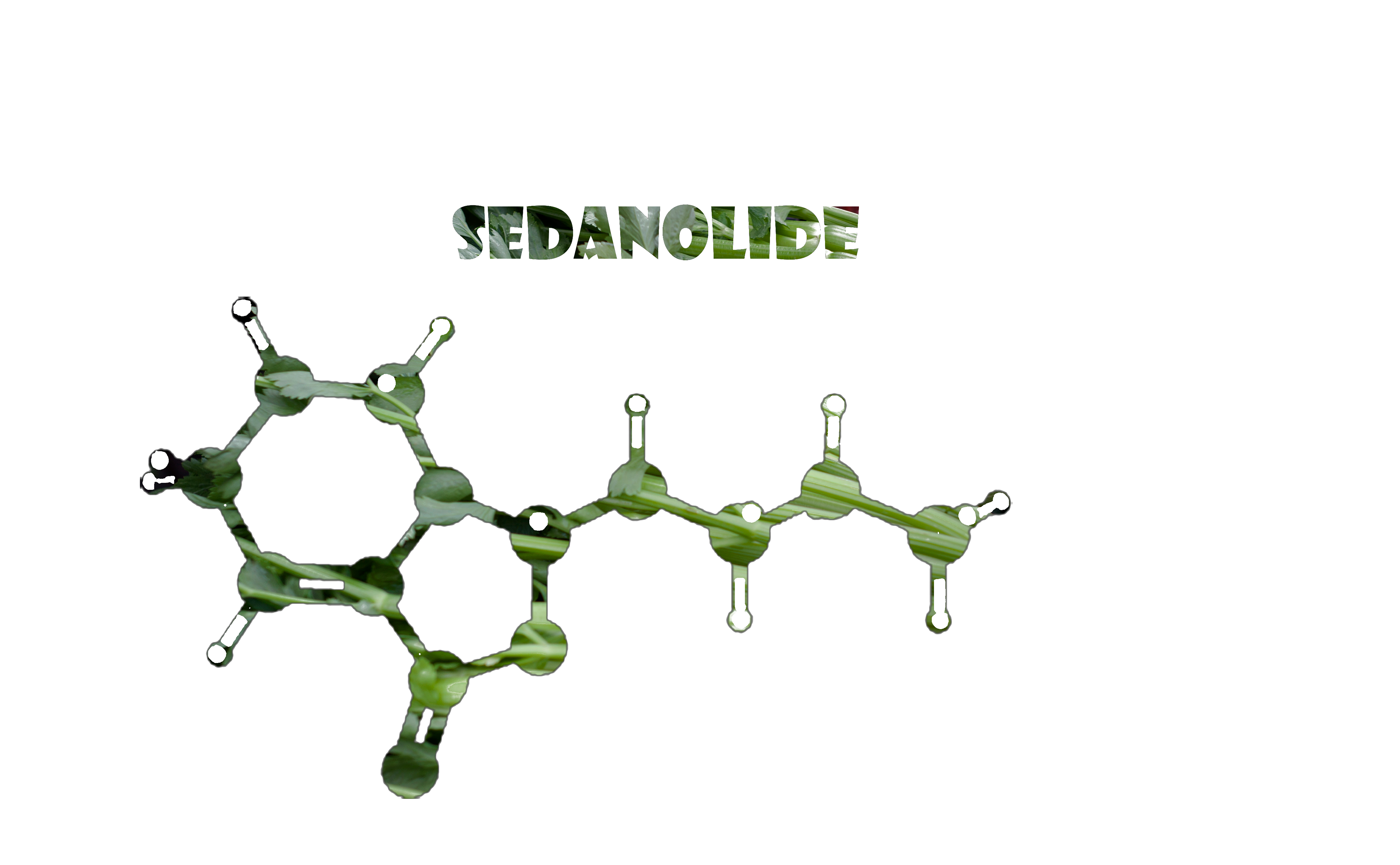
Fenchone: constituent of essential oil of fennel

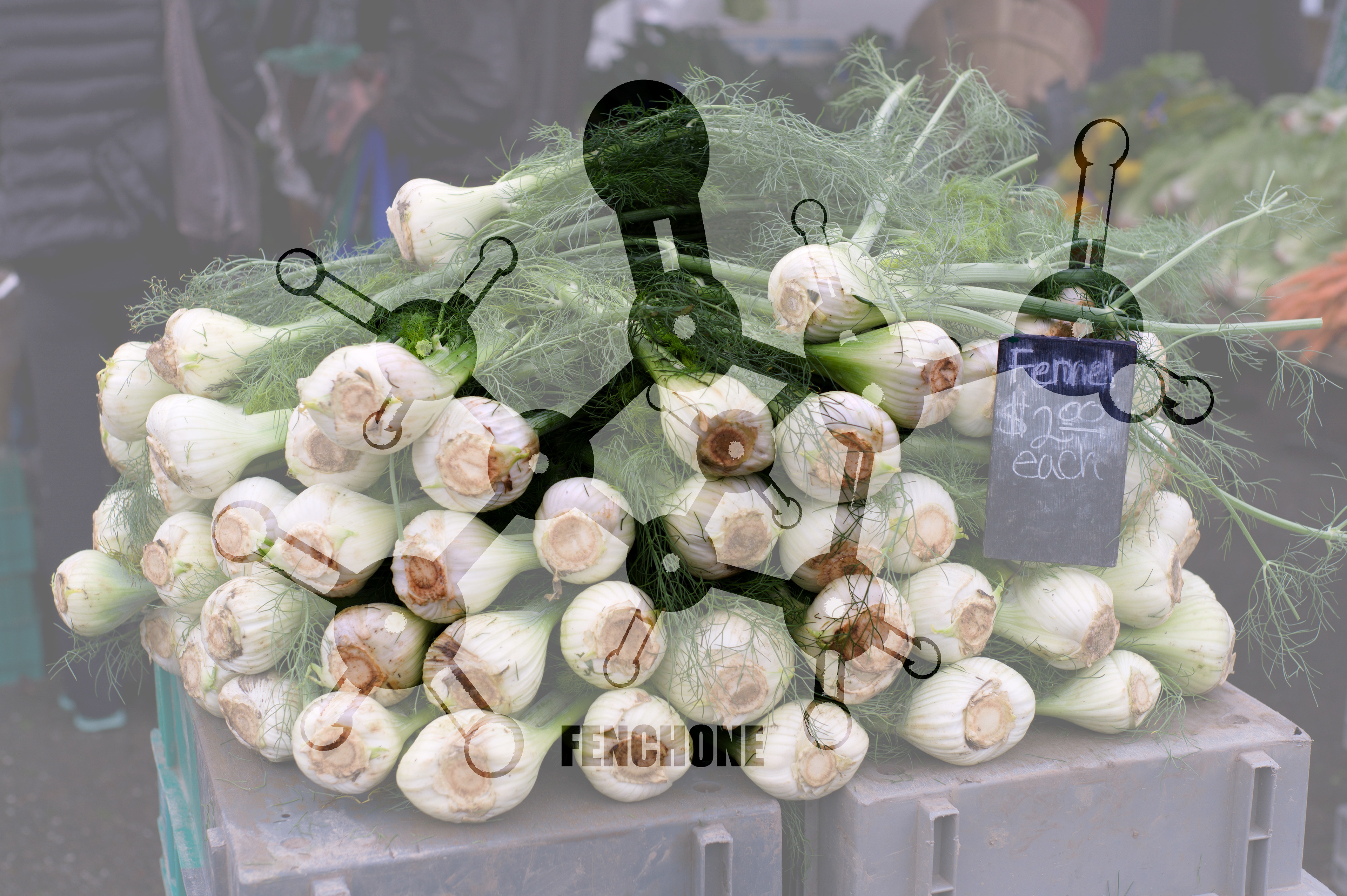

E-Resveratrol: produced by several plants, including in the skin of grapes, in response to injury or when the plant is under attack
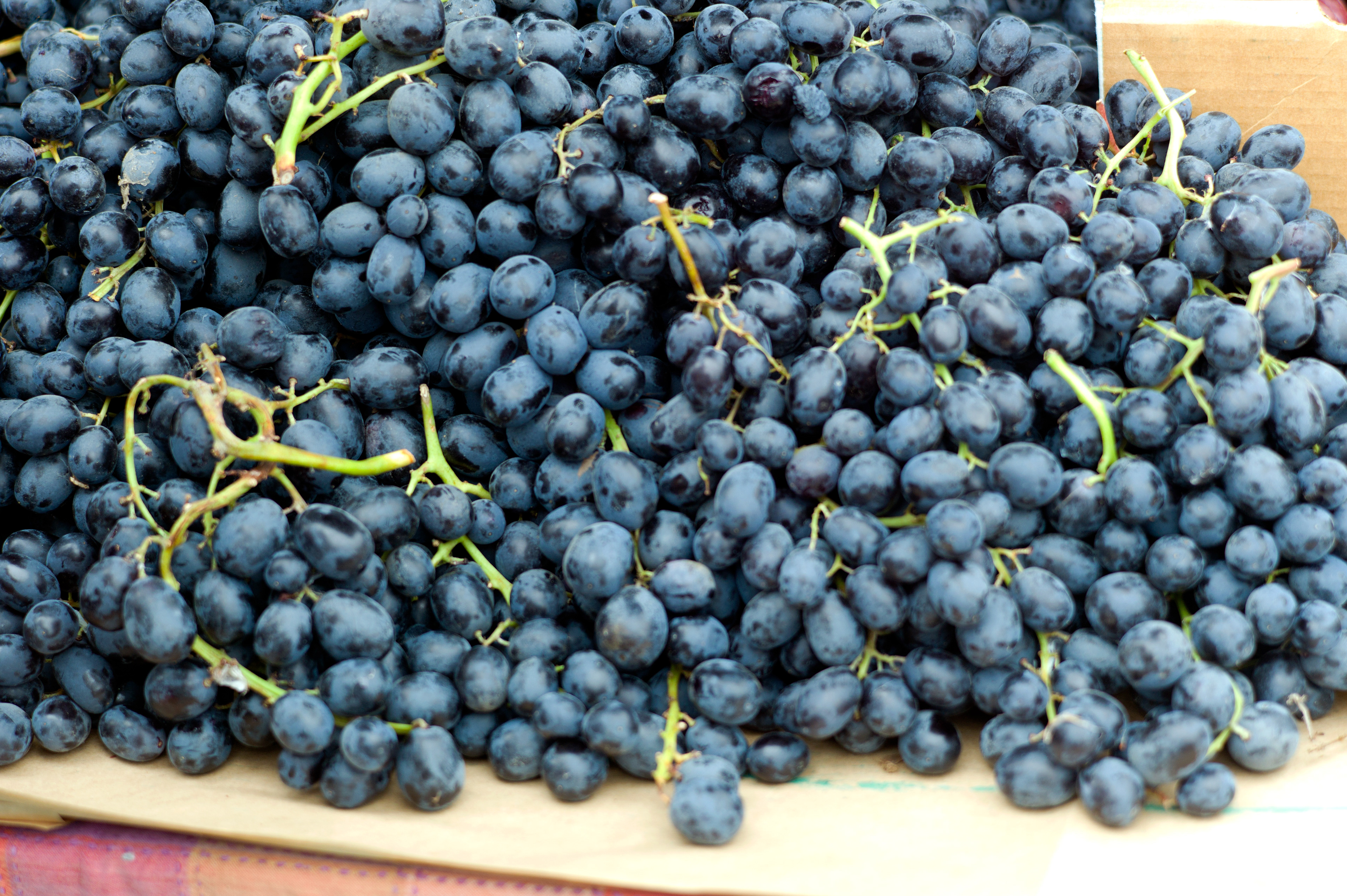

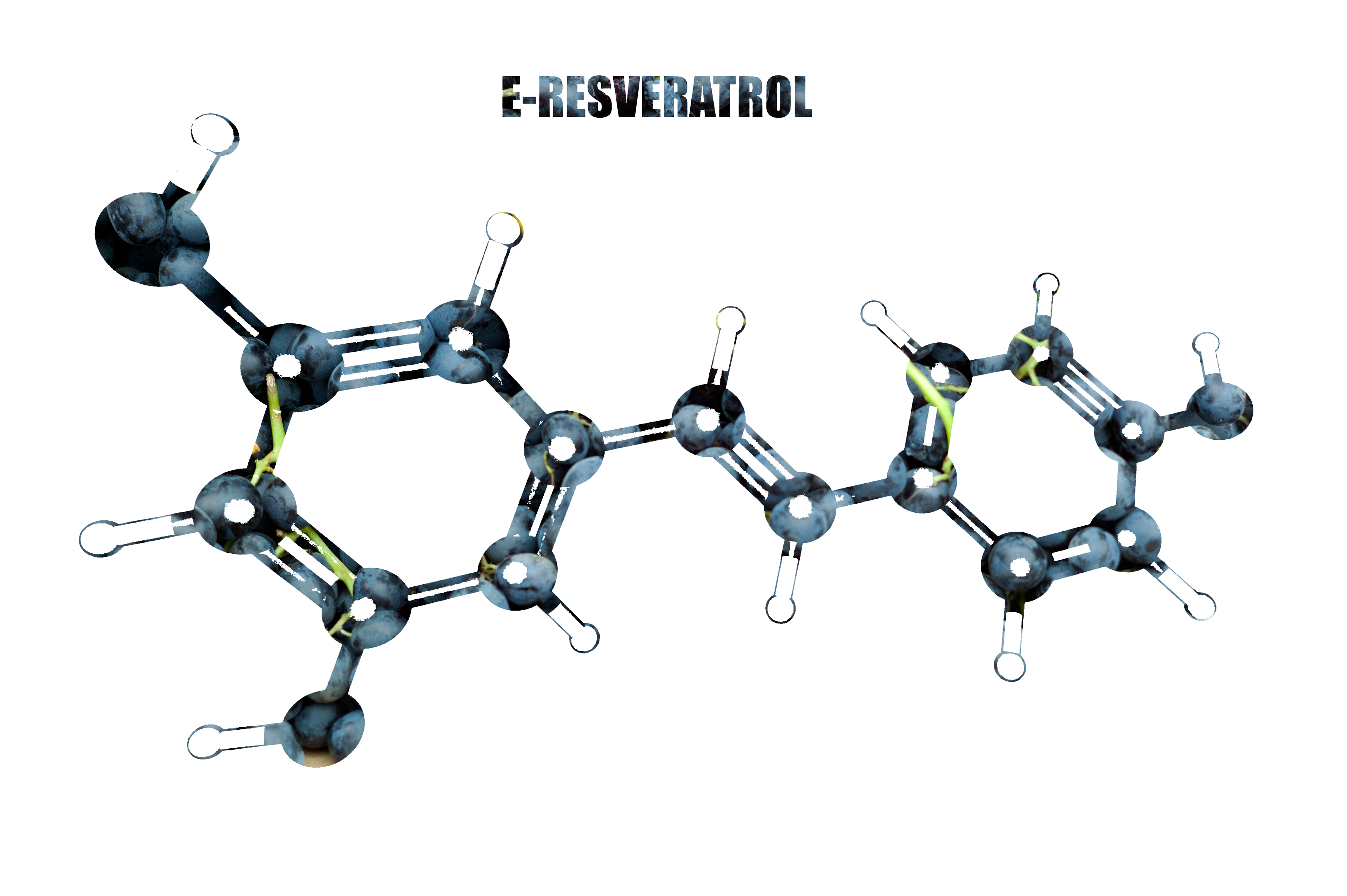
Lutein: xanthophyll synthesized by plants and also used as food supplement thought to have effect on slowing macular degeneration.
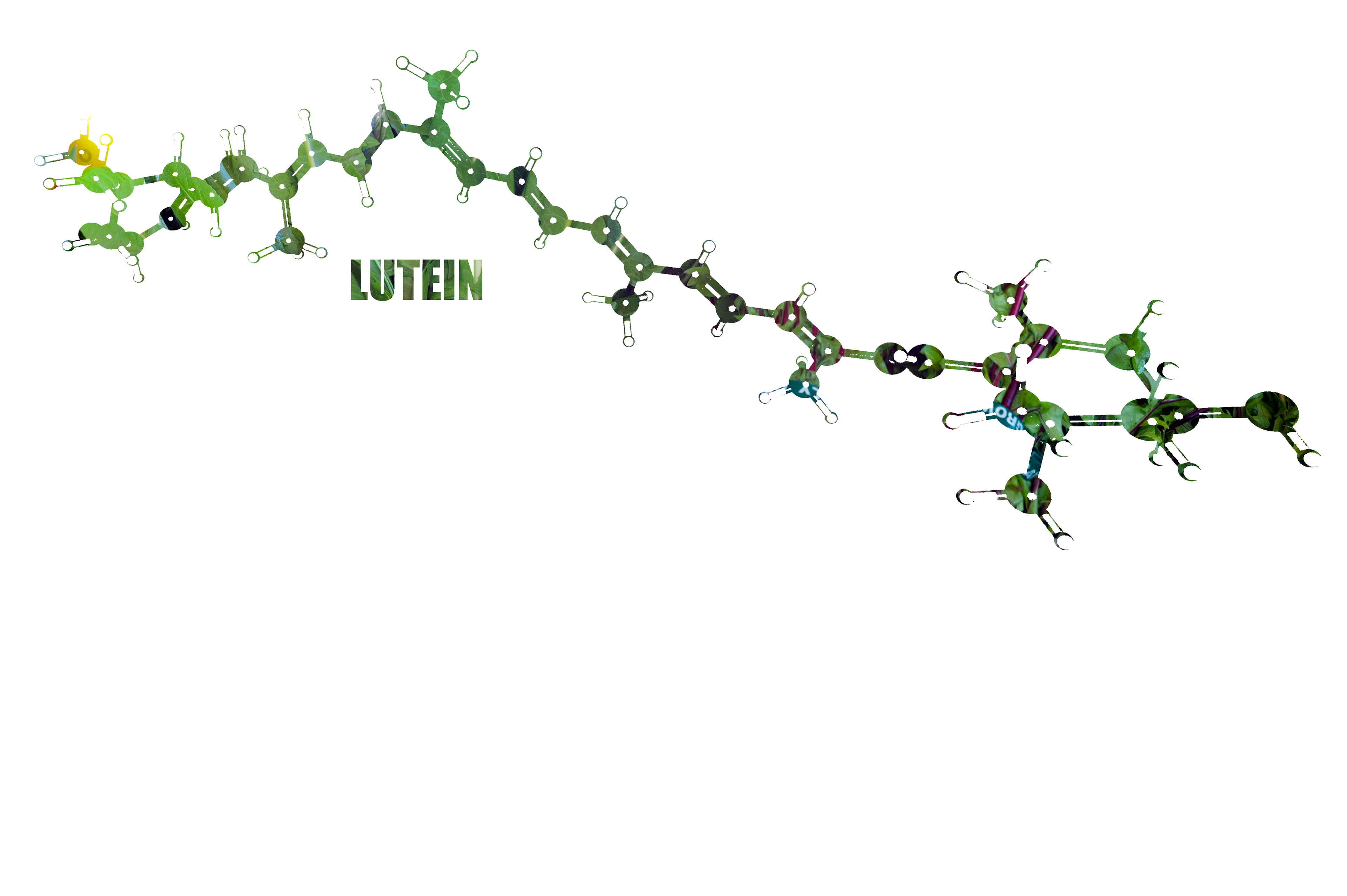

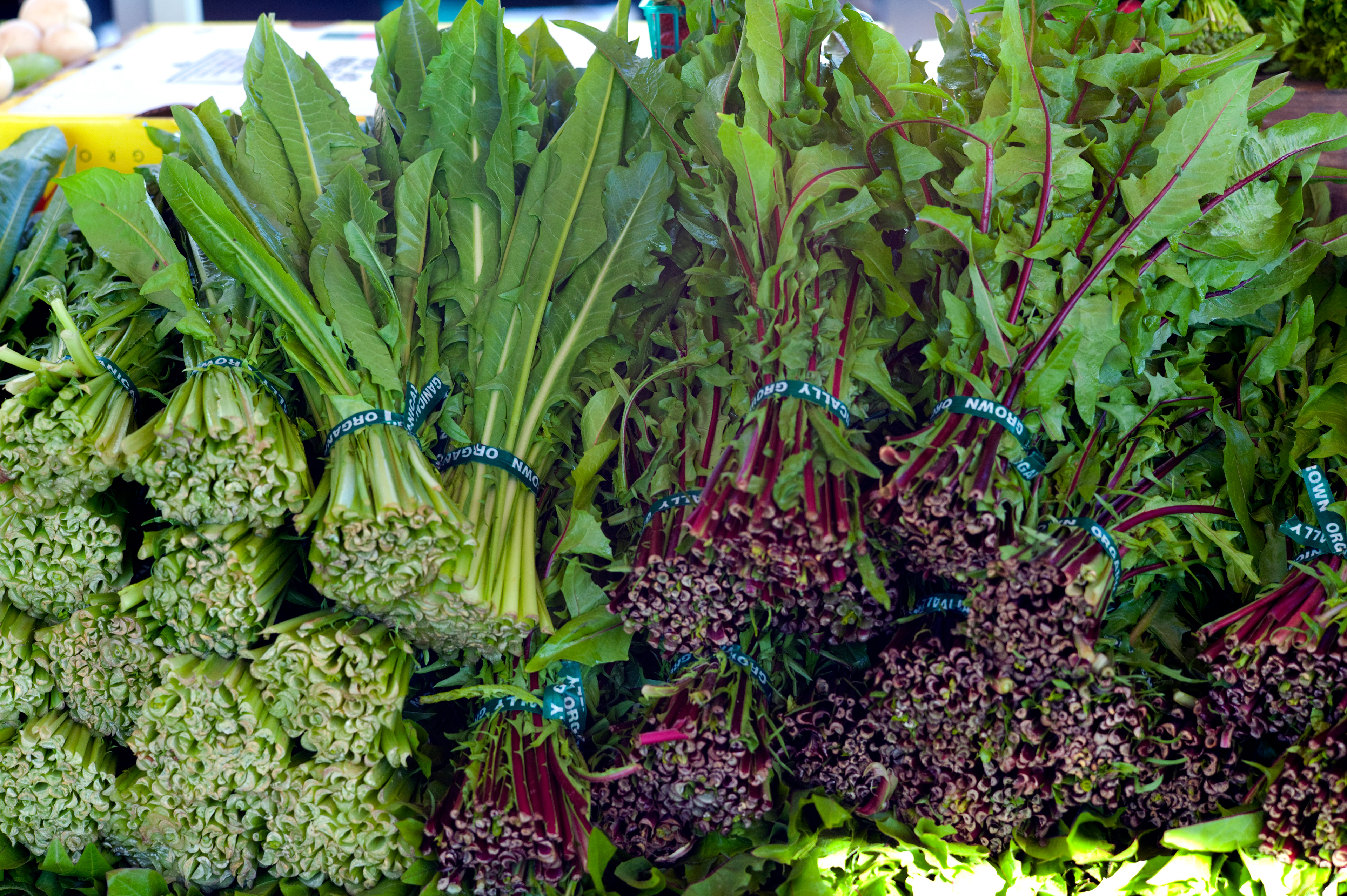
Lycopene: acyclic carotene commonly obtained from tomatoes and other red fruits. It has a role as an antioxidant and a plant metabolite.
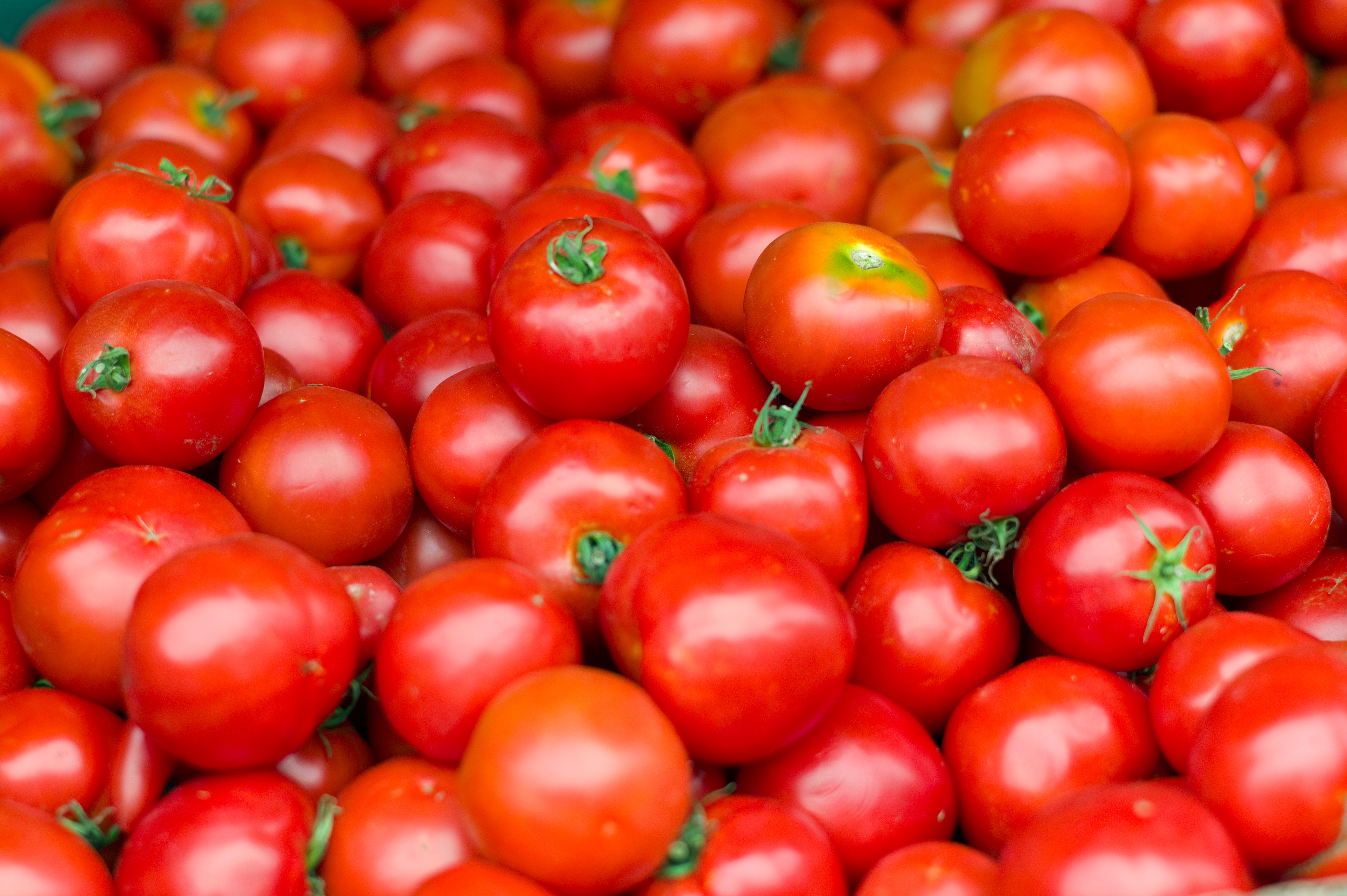

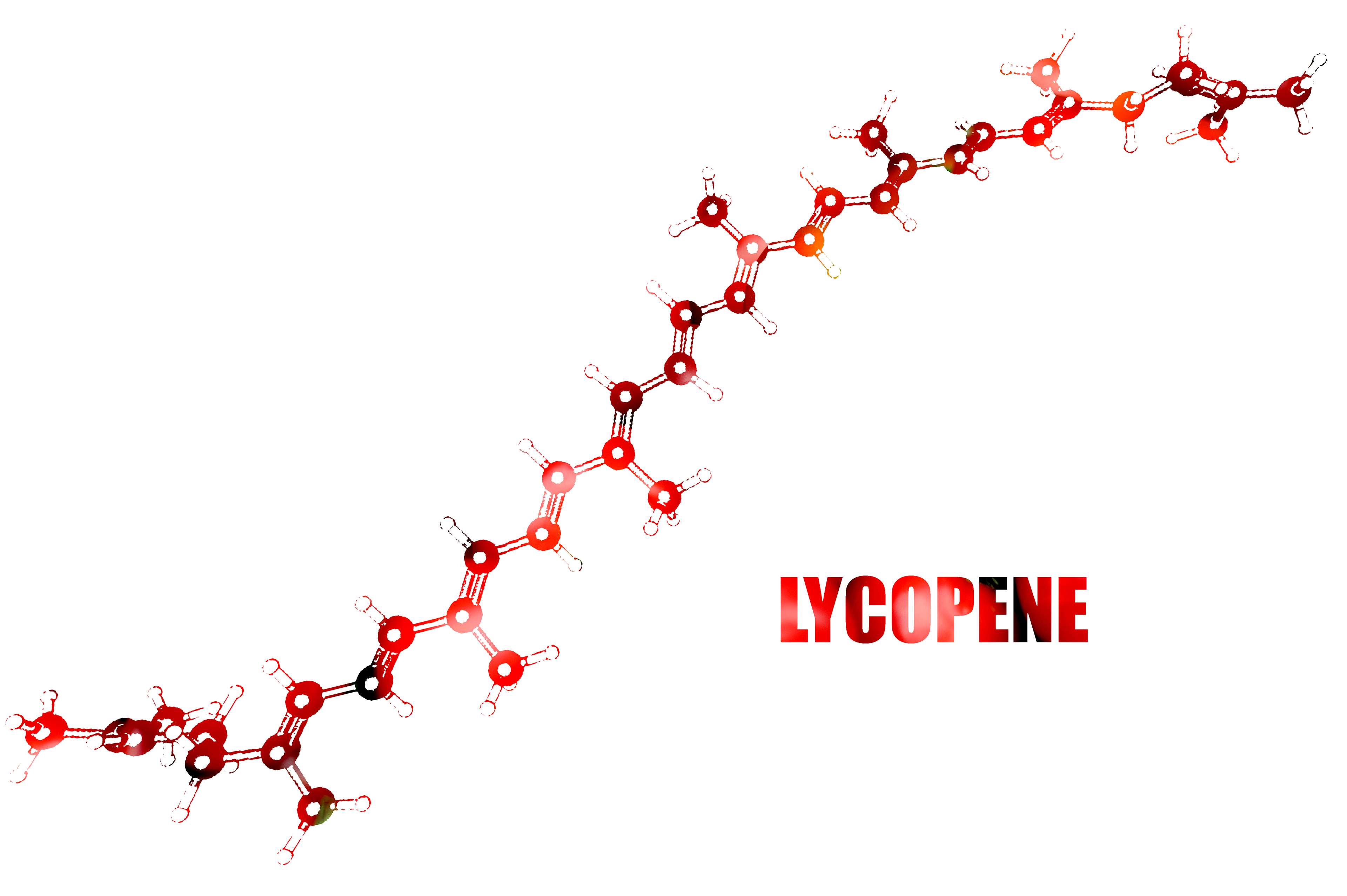
Citric Acid: Citric acid occurs in a variety of fruits and vegetables, most notably in lemons where a high concentration can be found.
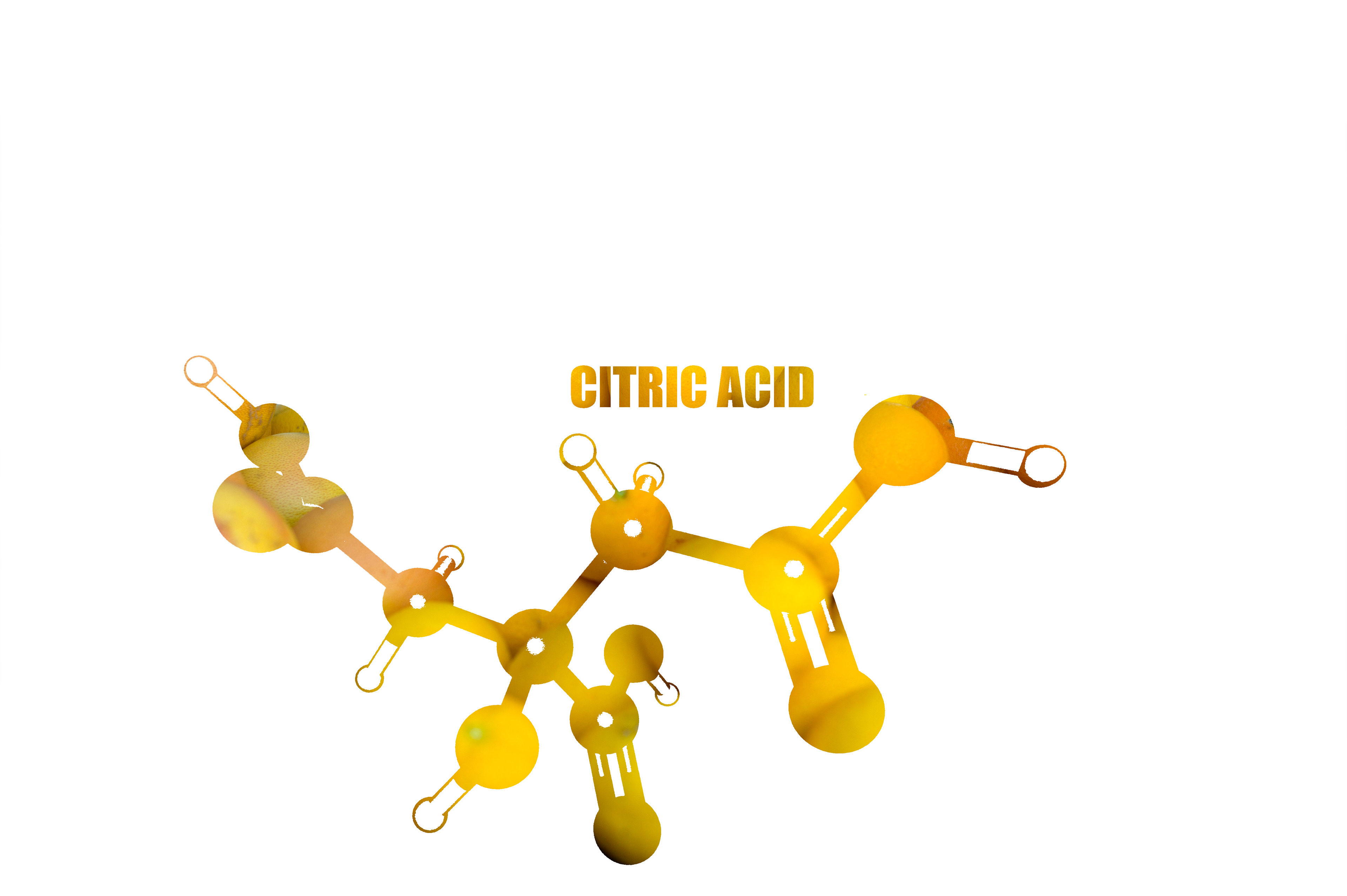



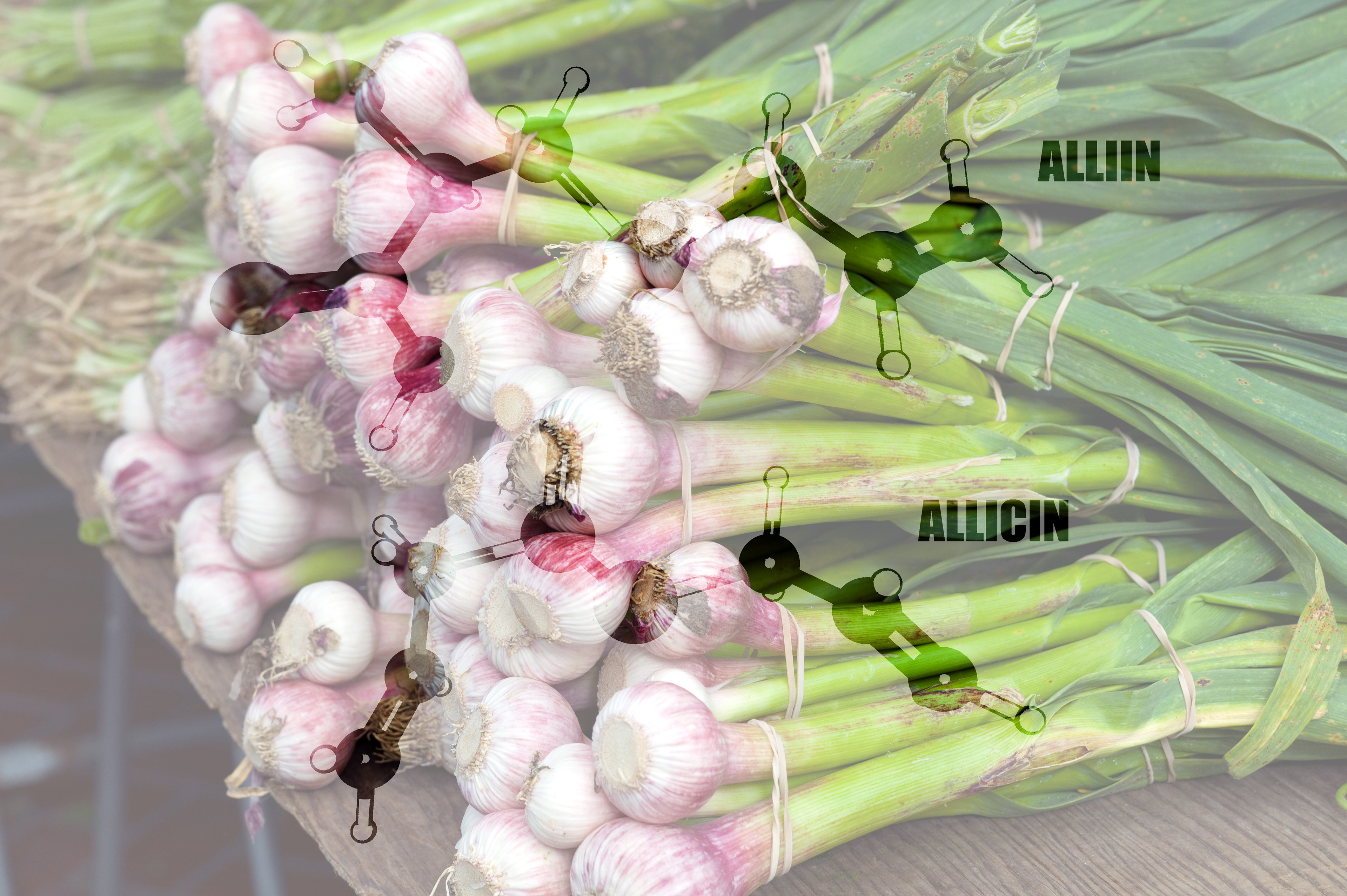
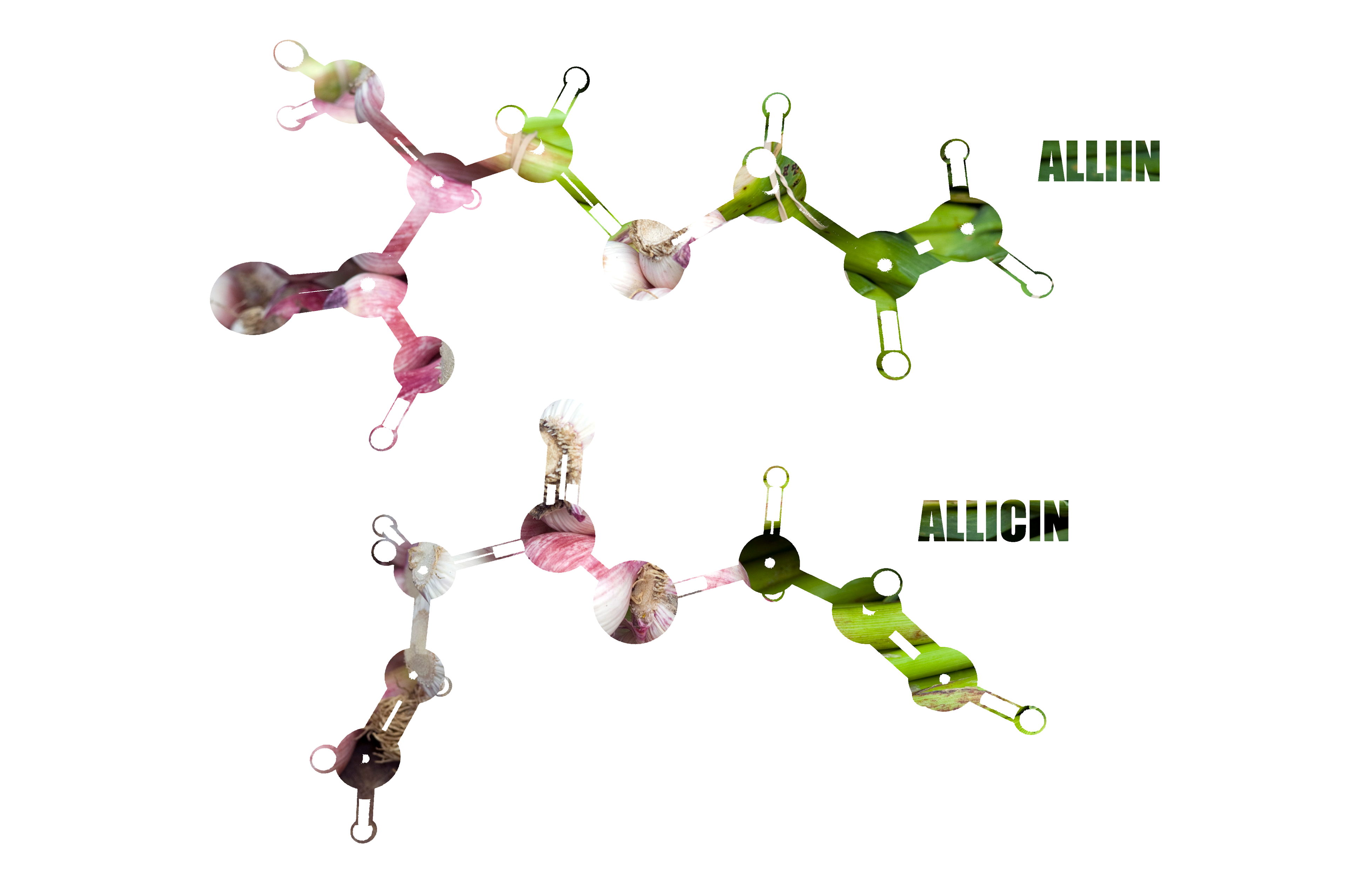
Propanethial-S-Oxide: volatile lachrymator released from onion as they are sliced.
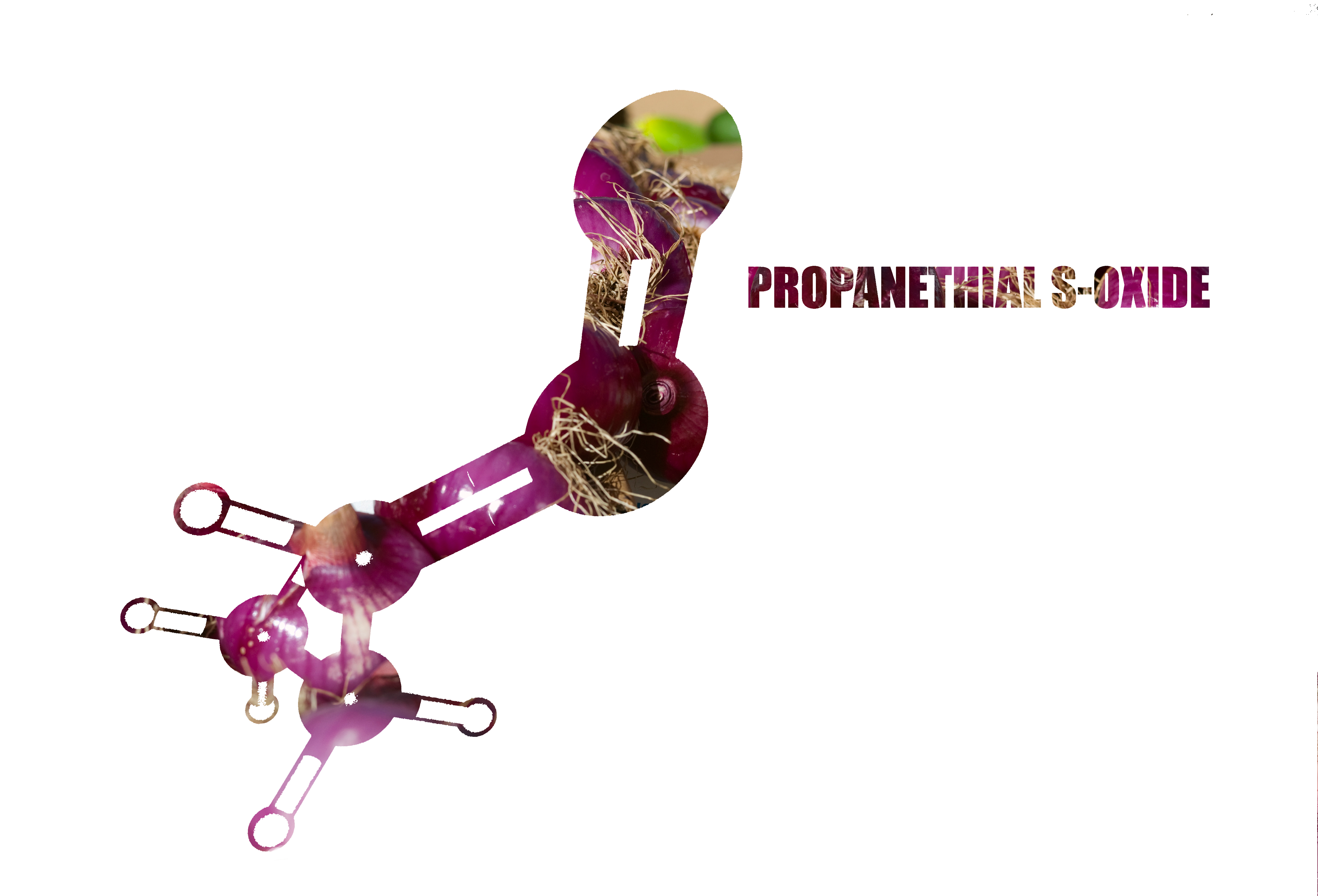


Cynarine: active ingredient in artichoke extract.


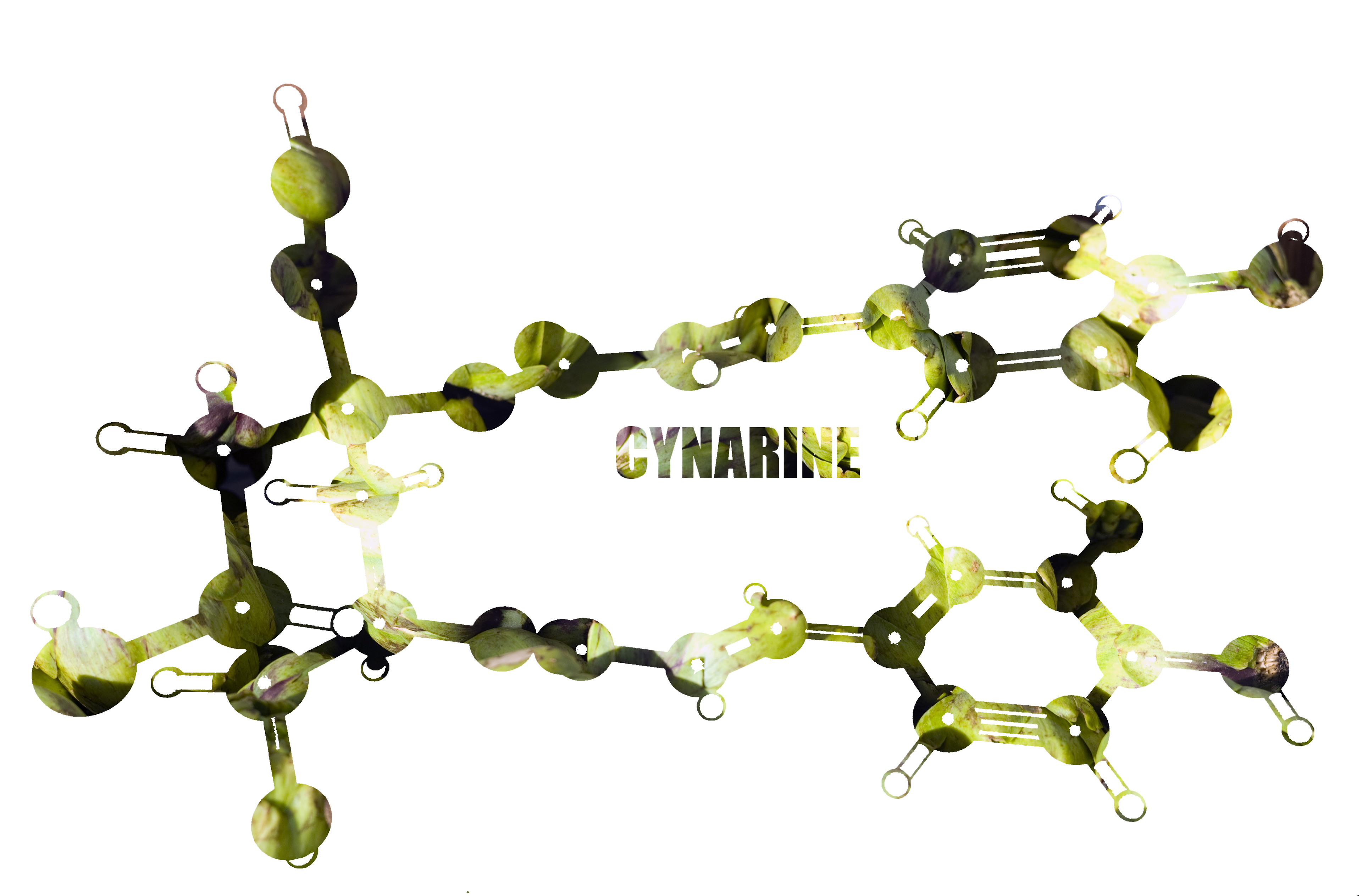
Chlorogenic acid: potential active ingredient found in various vegetable including eggplants.
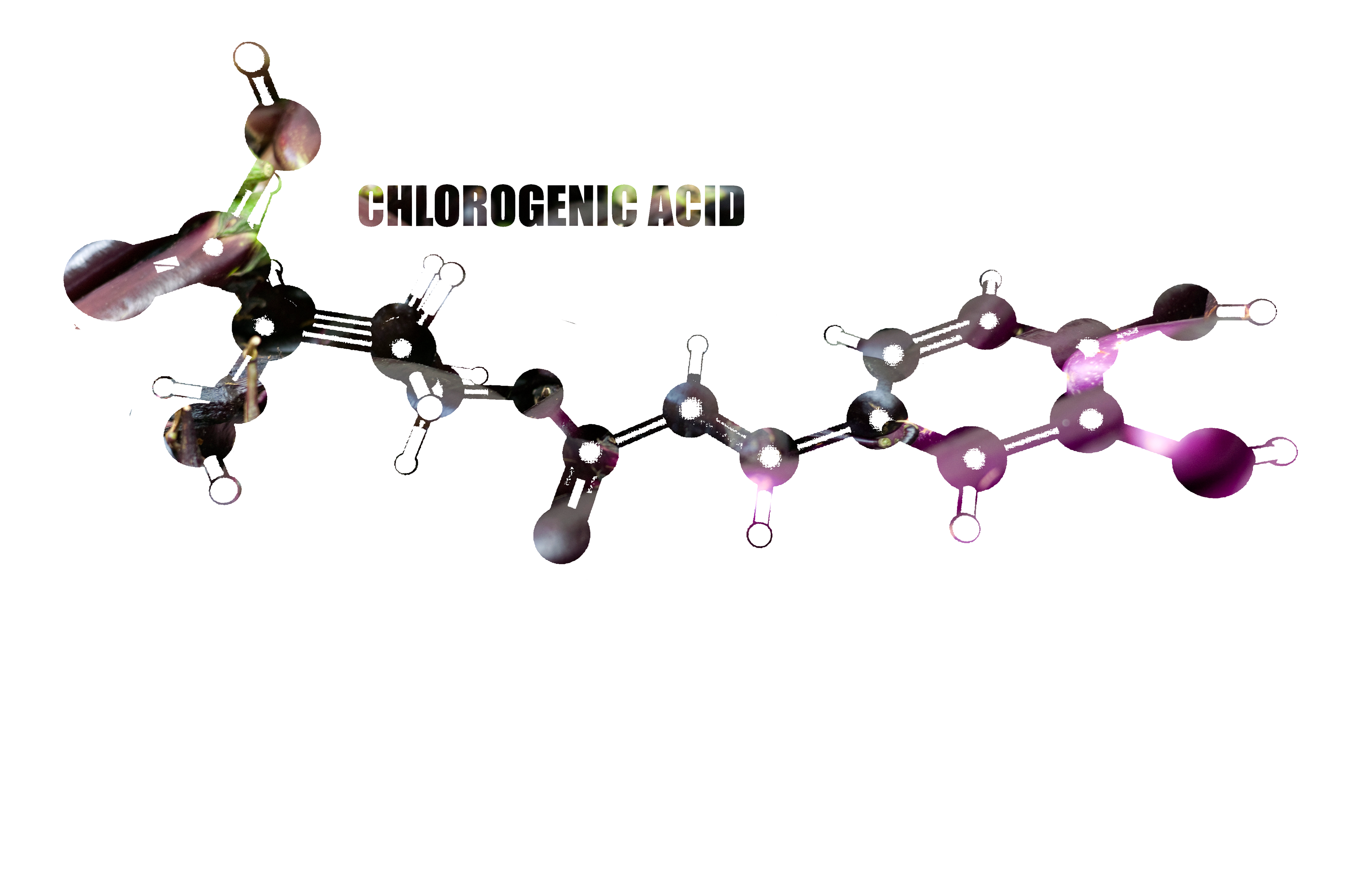

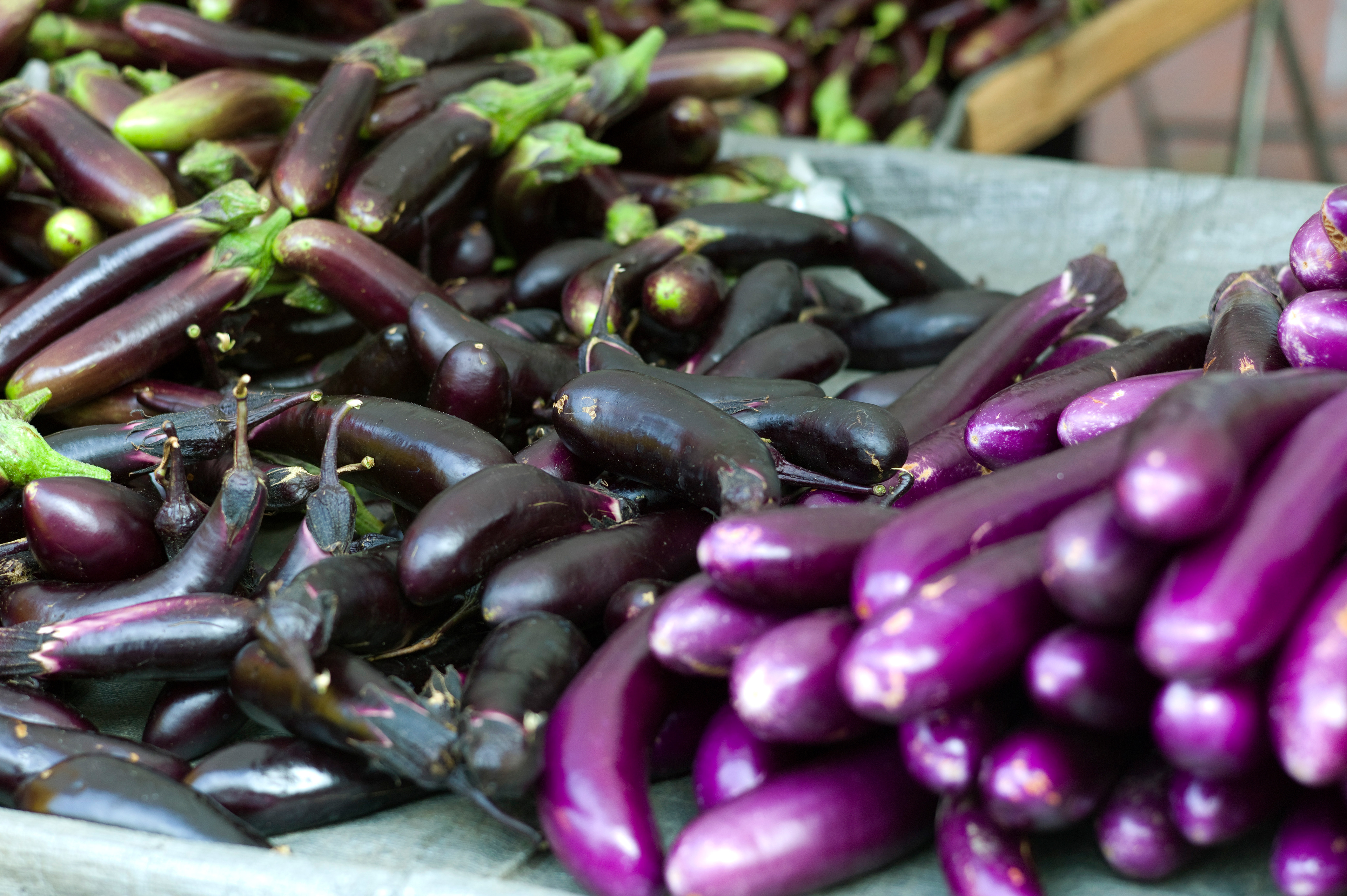
Catechol and 1,2-benzoquinine: catechol is present in apples and metabolized (oxidation) to 1,2-benzoquinone when an apple is cut also known as browning reaction, reaction inhibited with an acid such as citric acid from lemon..

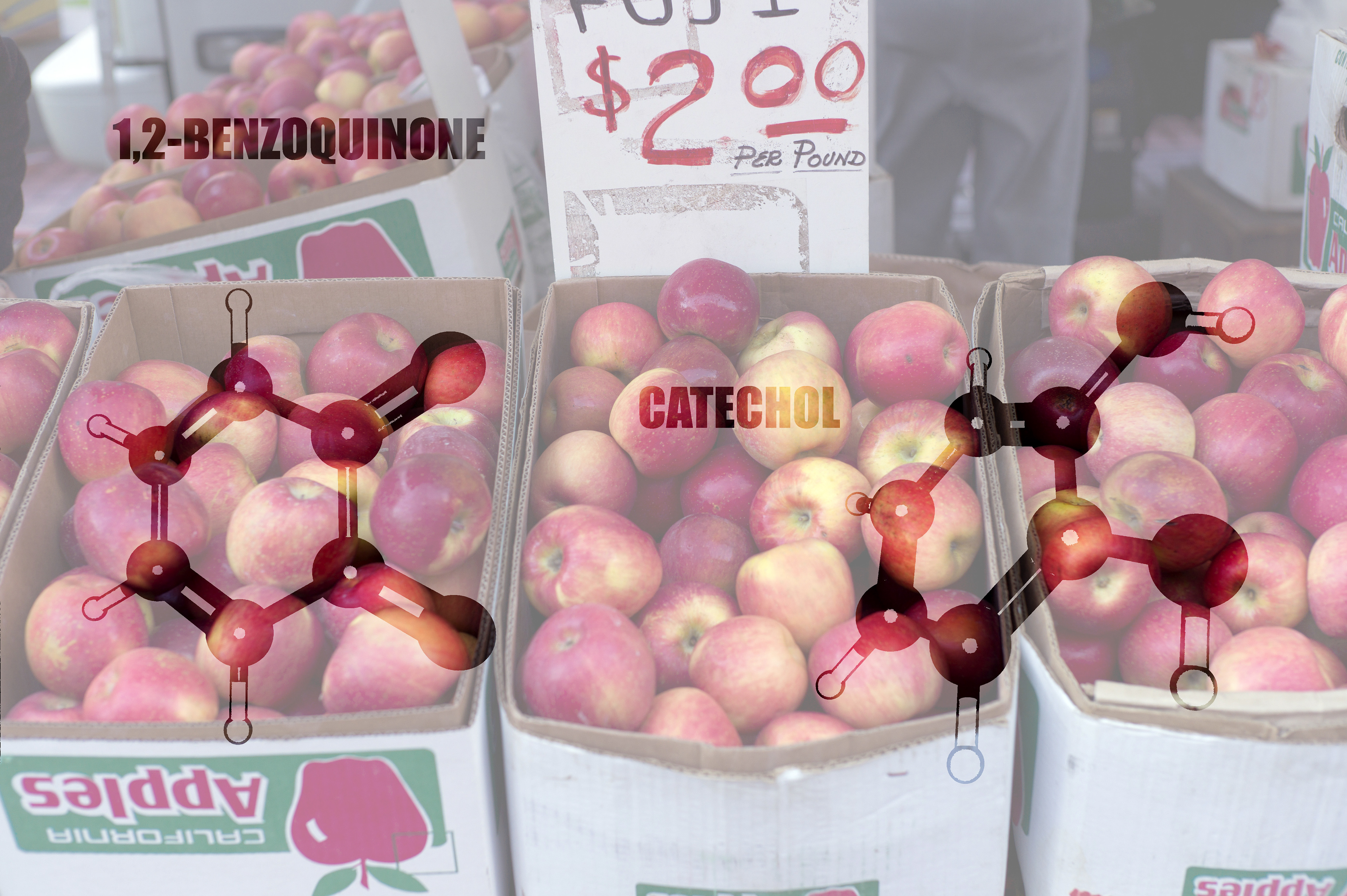

Allyl glucosinolate and allyl isocyanate: Allyl glucosinolate (sinigrin) is the precursor of allyl isothiocyanate also known as mustard oil. their formation occurs as defense mechanism, and they are responsible of the bitterness and pungent odor in over- cooked vegetable of the Brassica species such as romanesco cauliflowers or Brussel sprout.
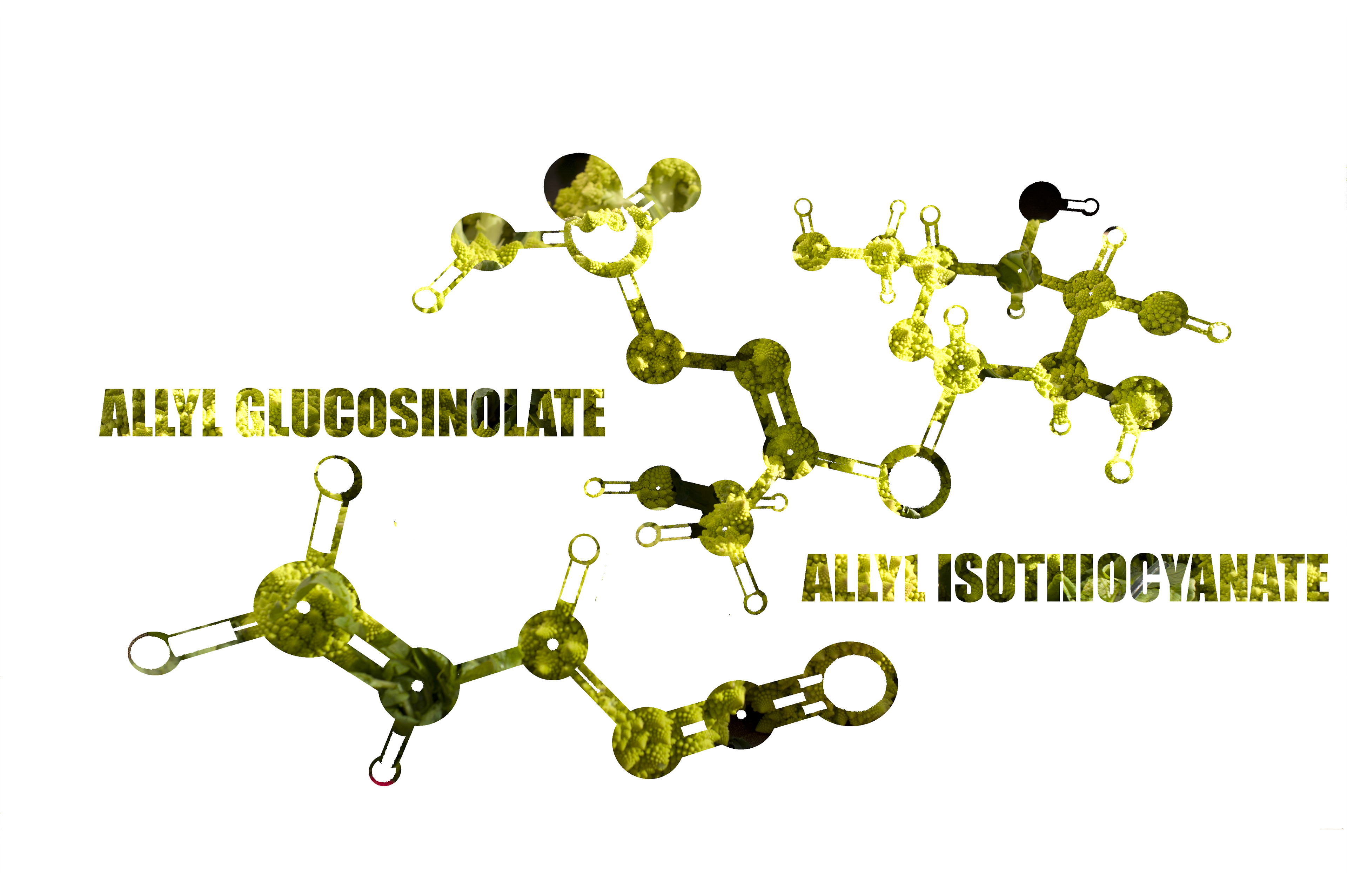
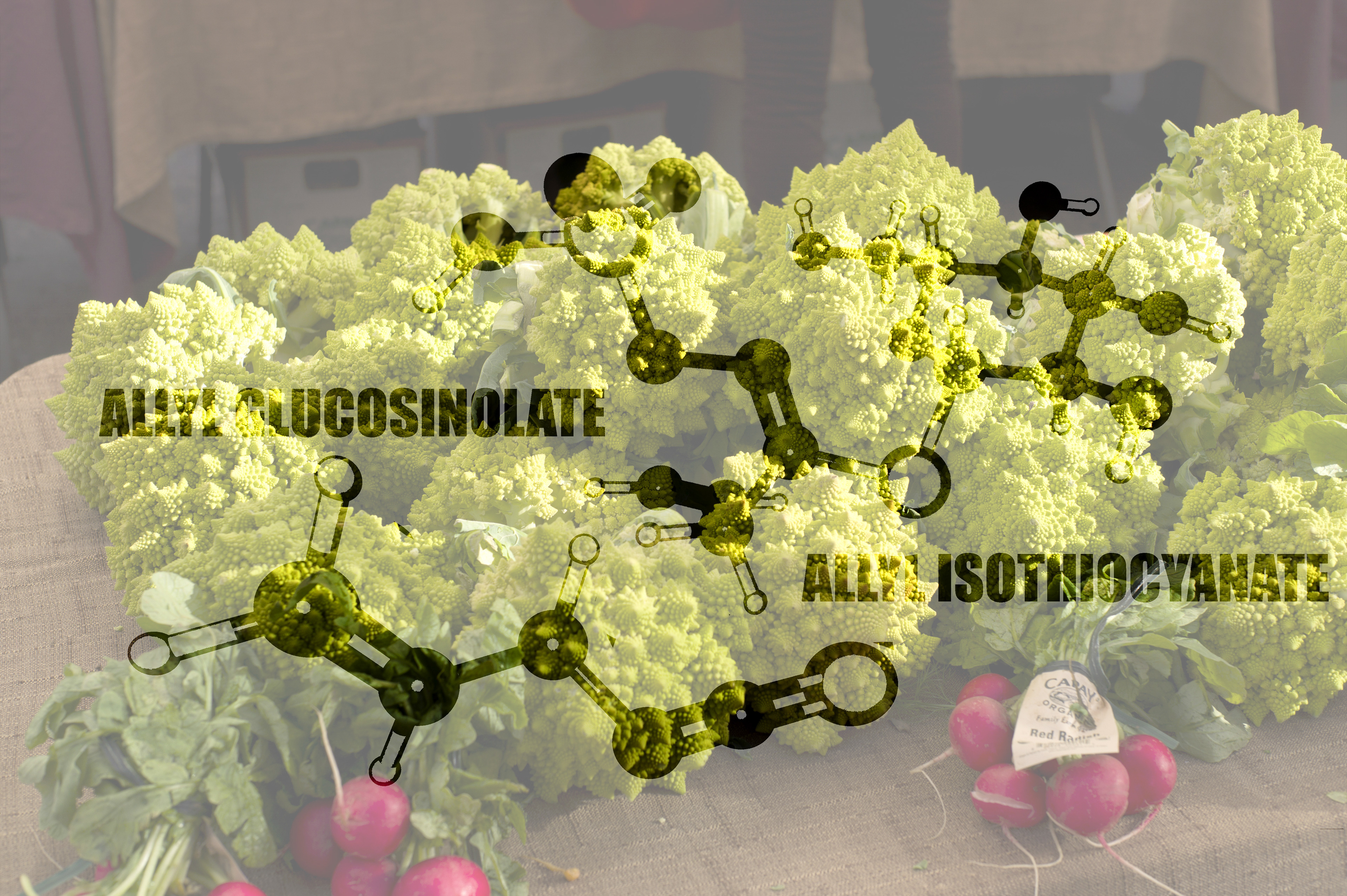

Ethylene: apples generates ethylene gas over time, inducing and accelerating ripening of itself if stored not properly or other fruits when in contact in a closed environment.
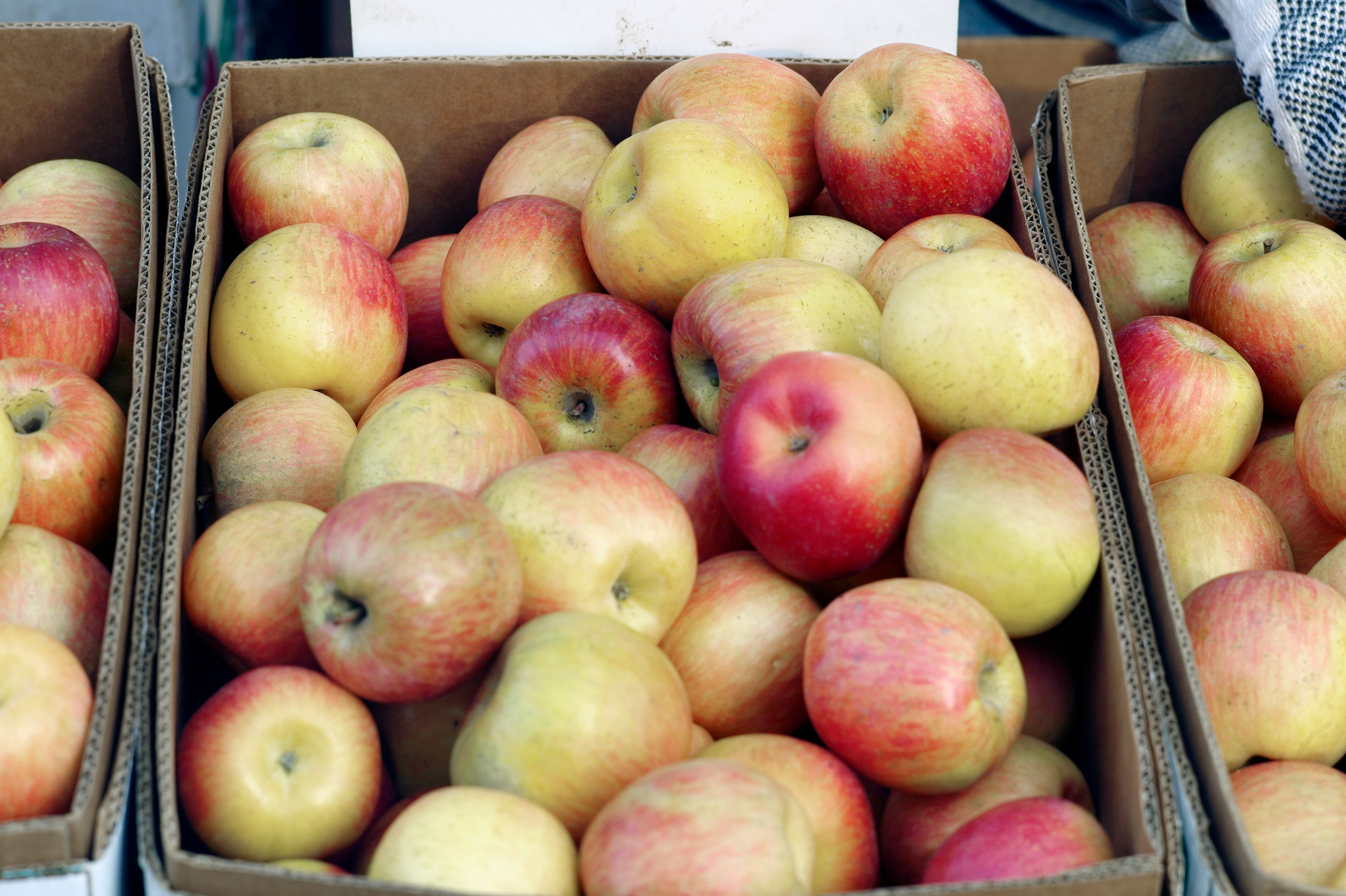
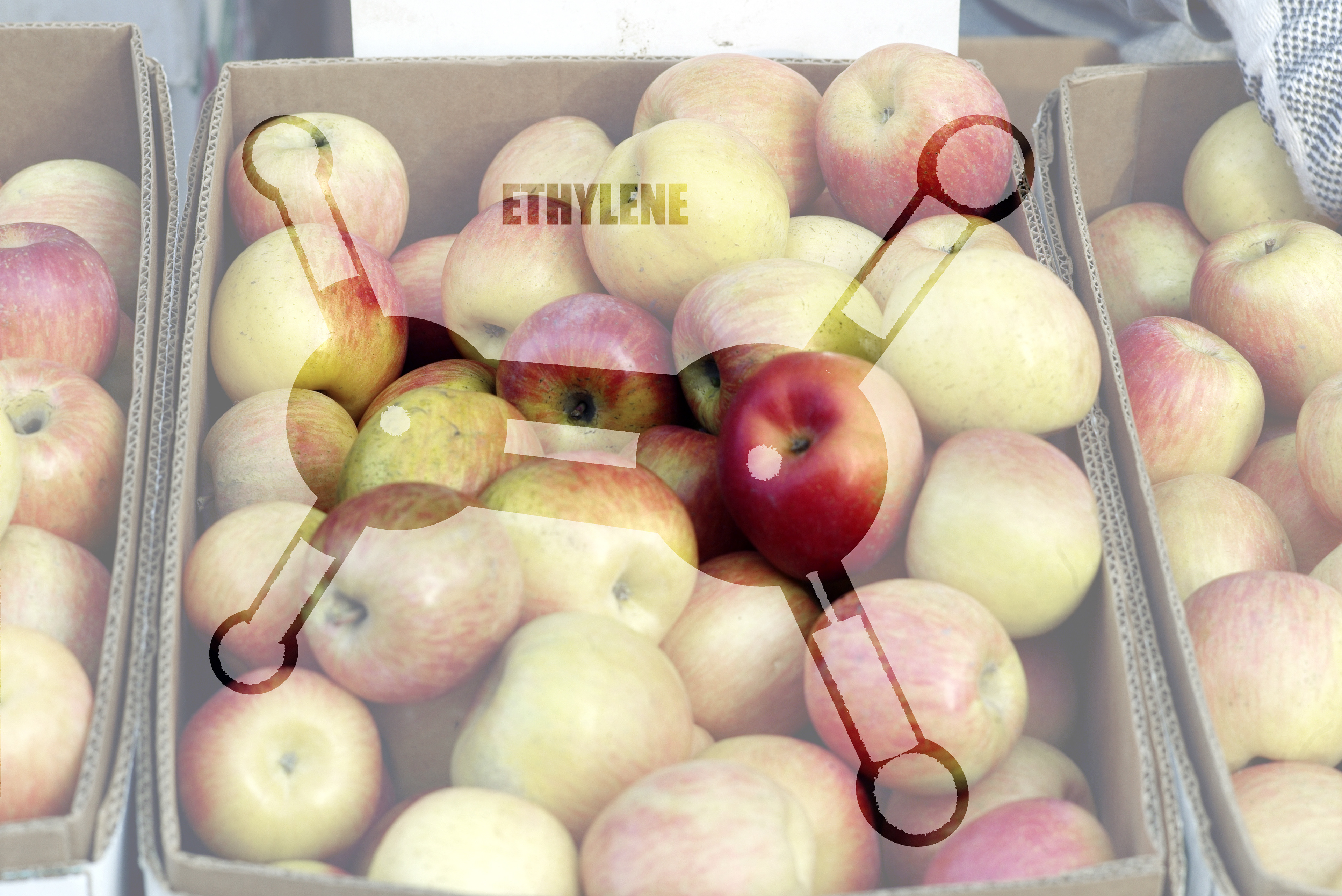
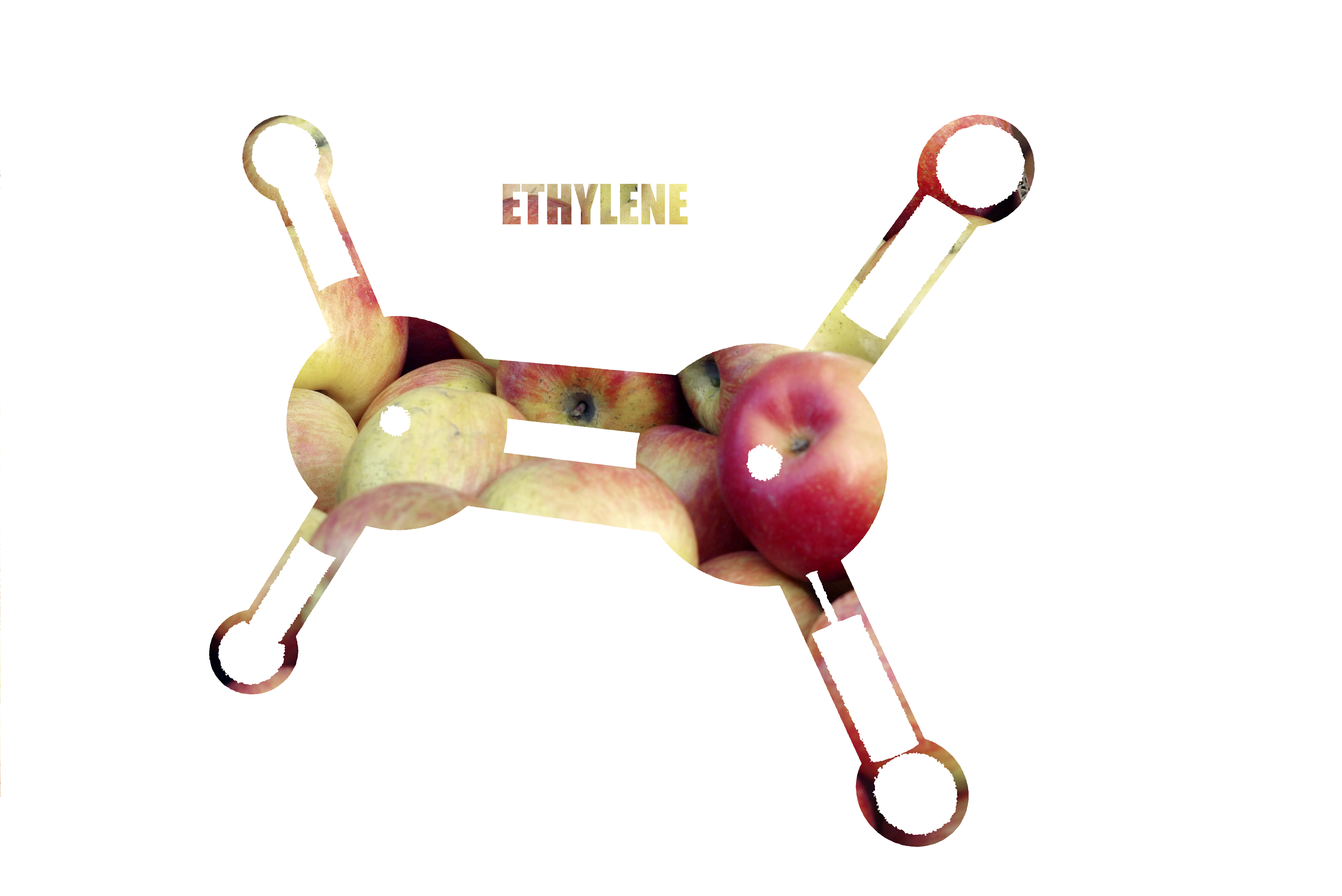
Betanin: or beetroot red is a red glycosidic food dye obtained from beets.

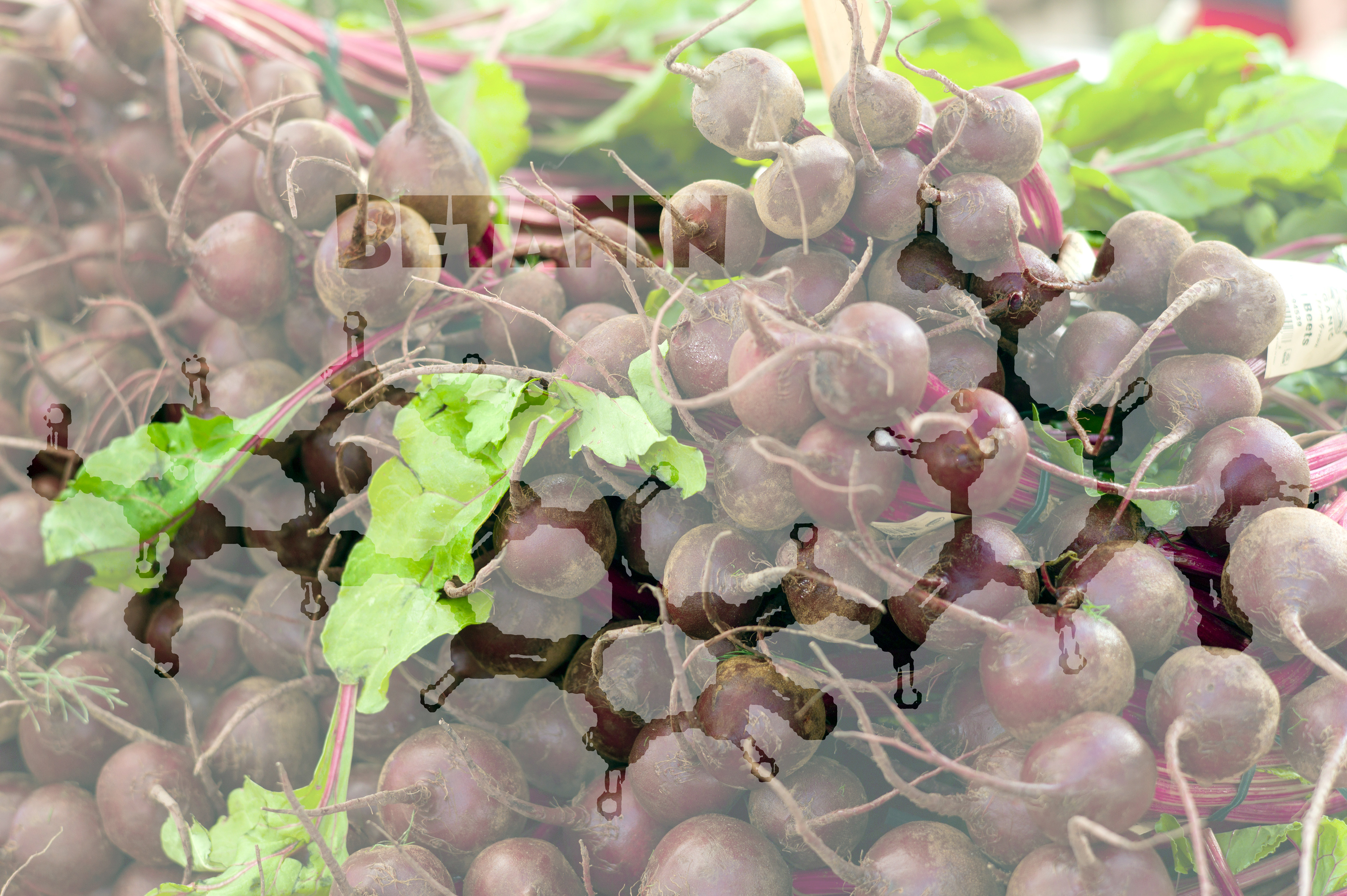
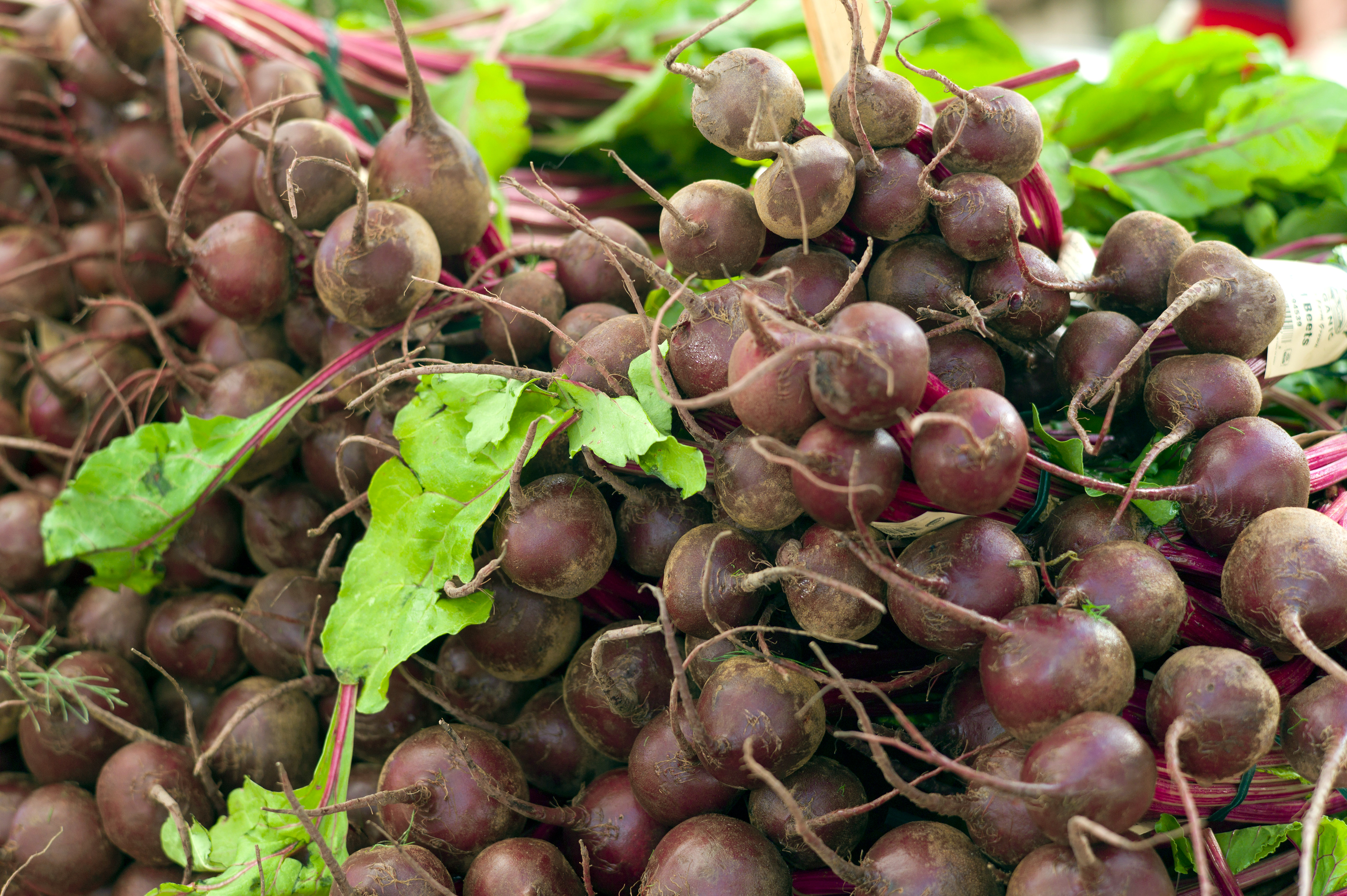
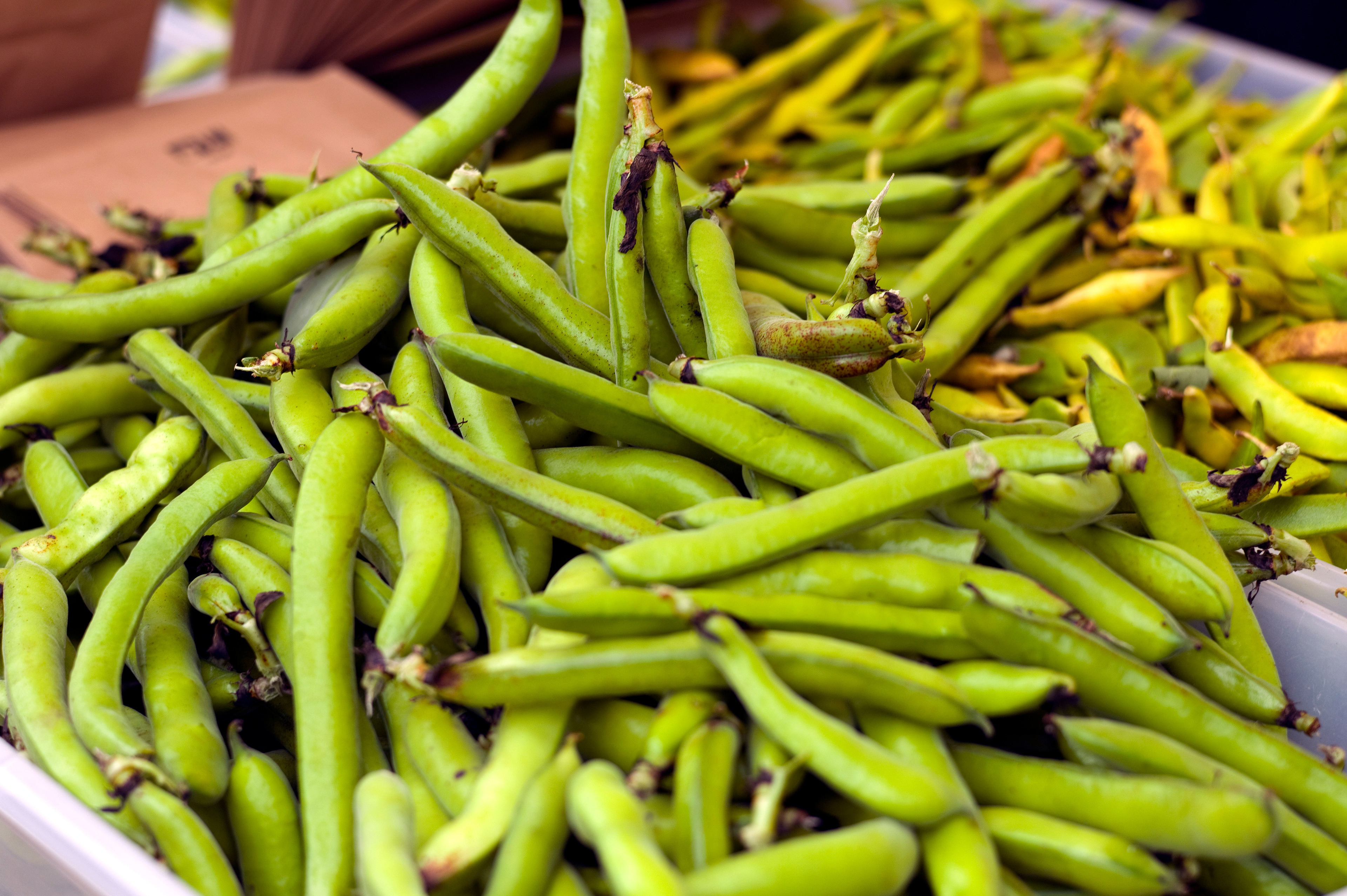
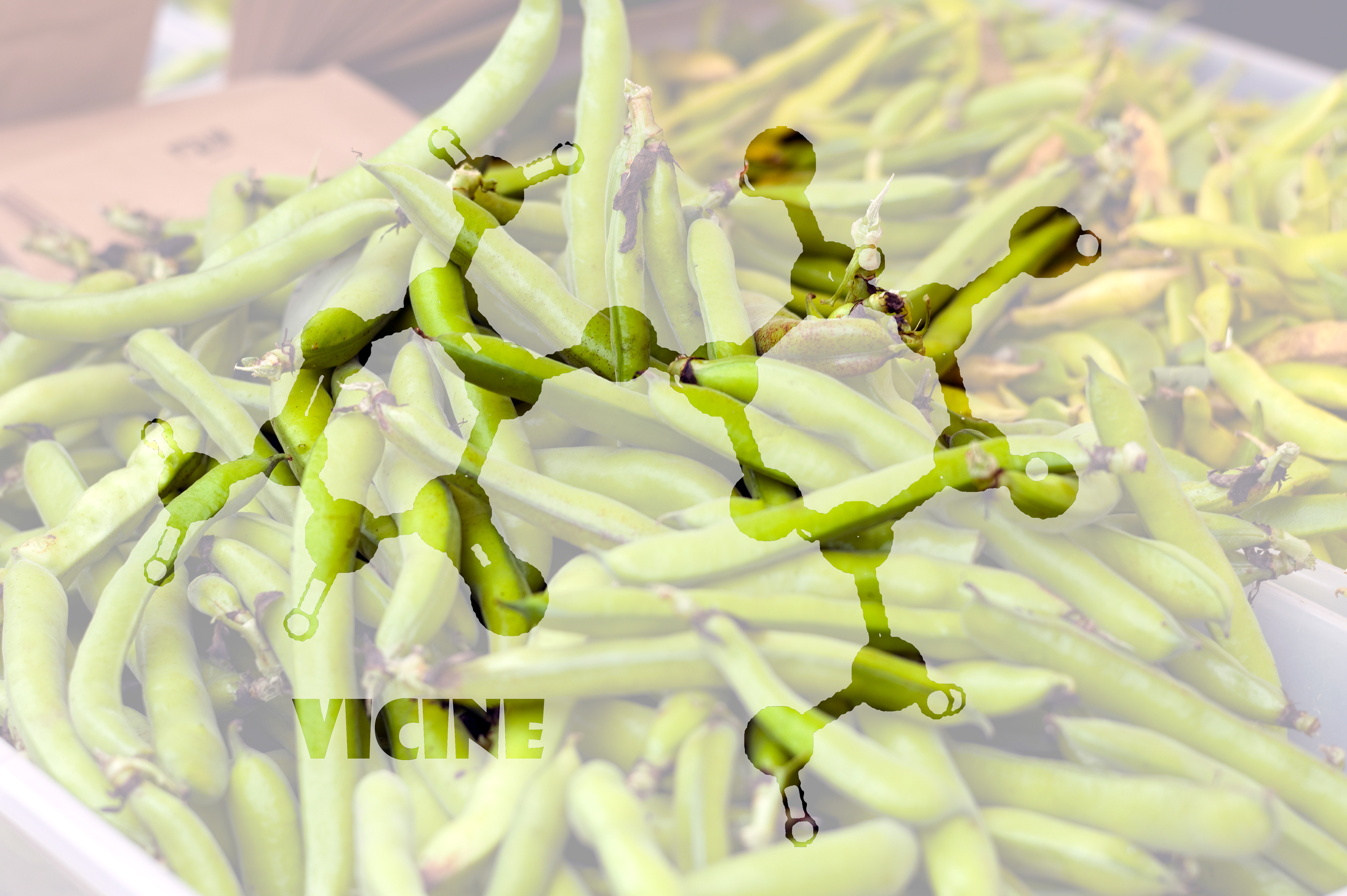
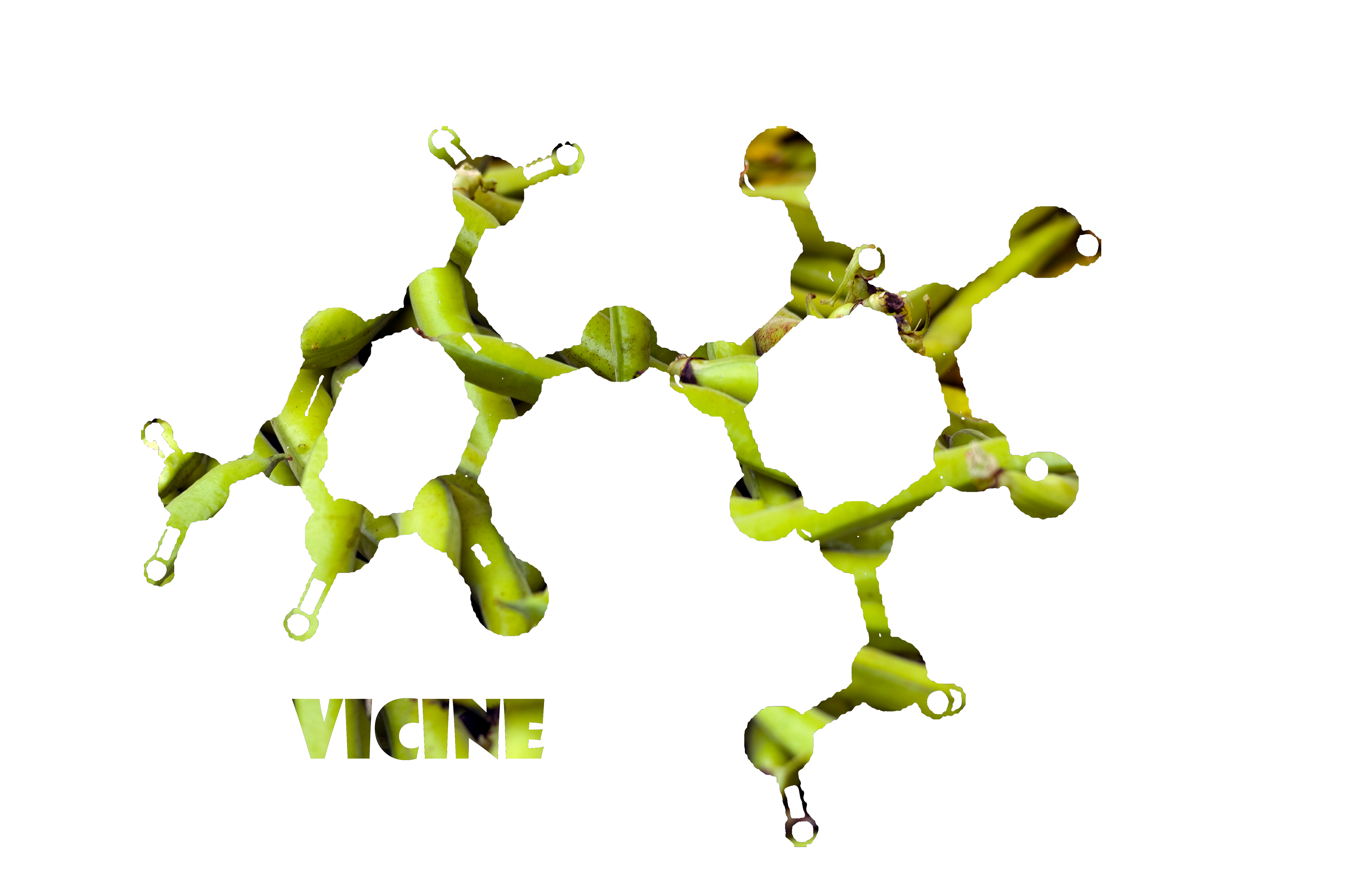
Amygdalin and hydrogen cyanide: Amygdalin is found in the seeds (kernels) of many fruits including cherries, apricots, almonds, apples, peaches and plums. Eating amygdalin will cause it to release cyanide and benzaldehyde in the human body and may lead to poisoning.
